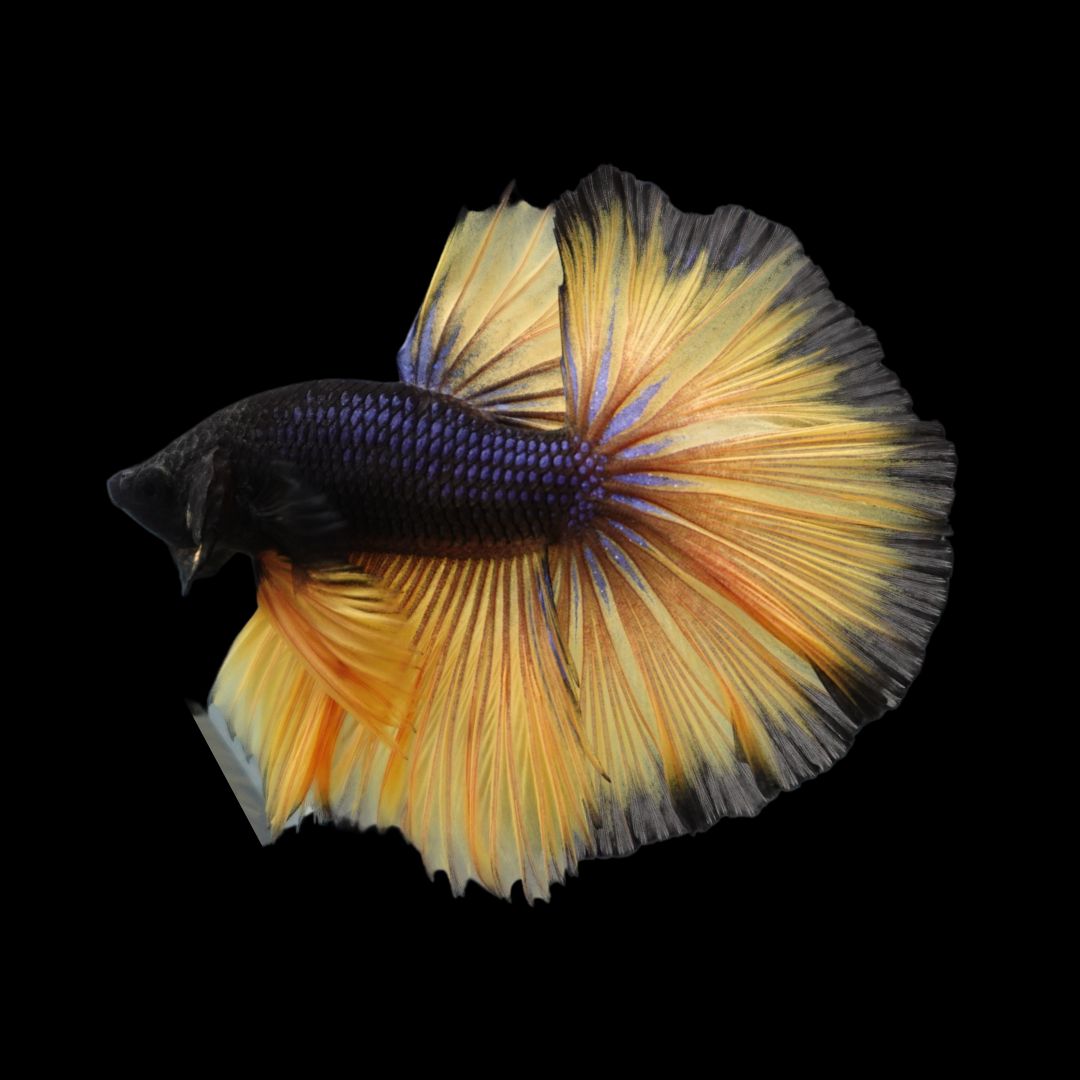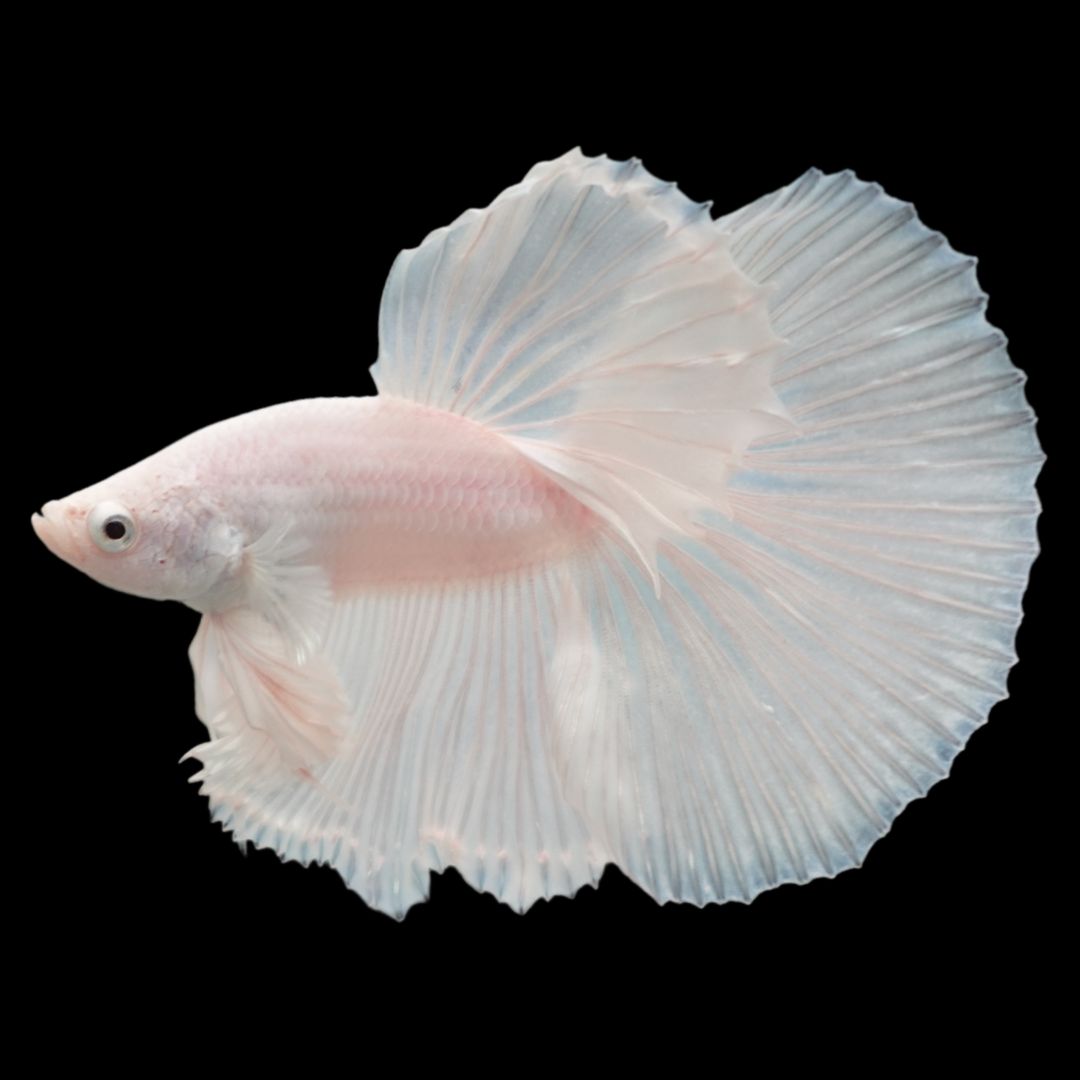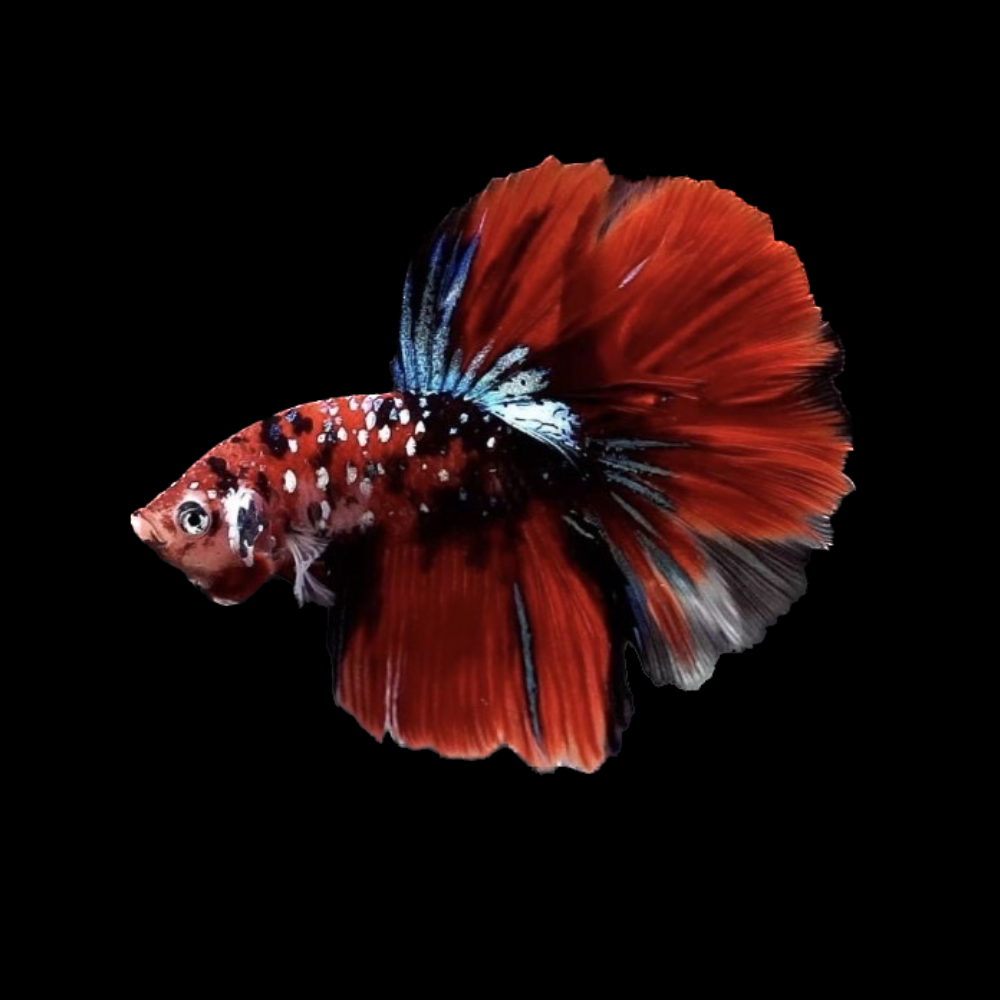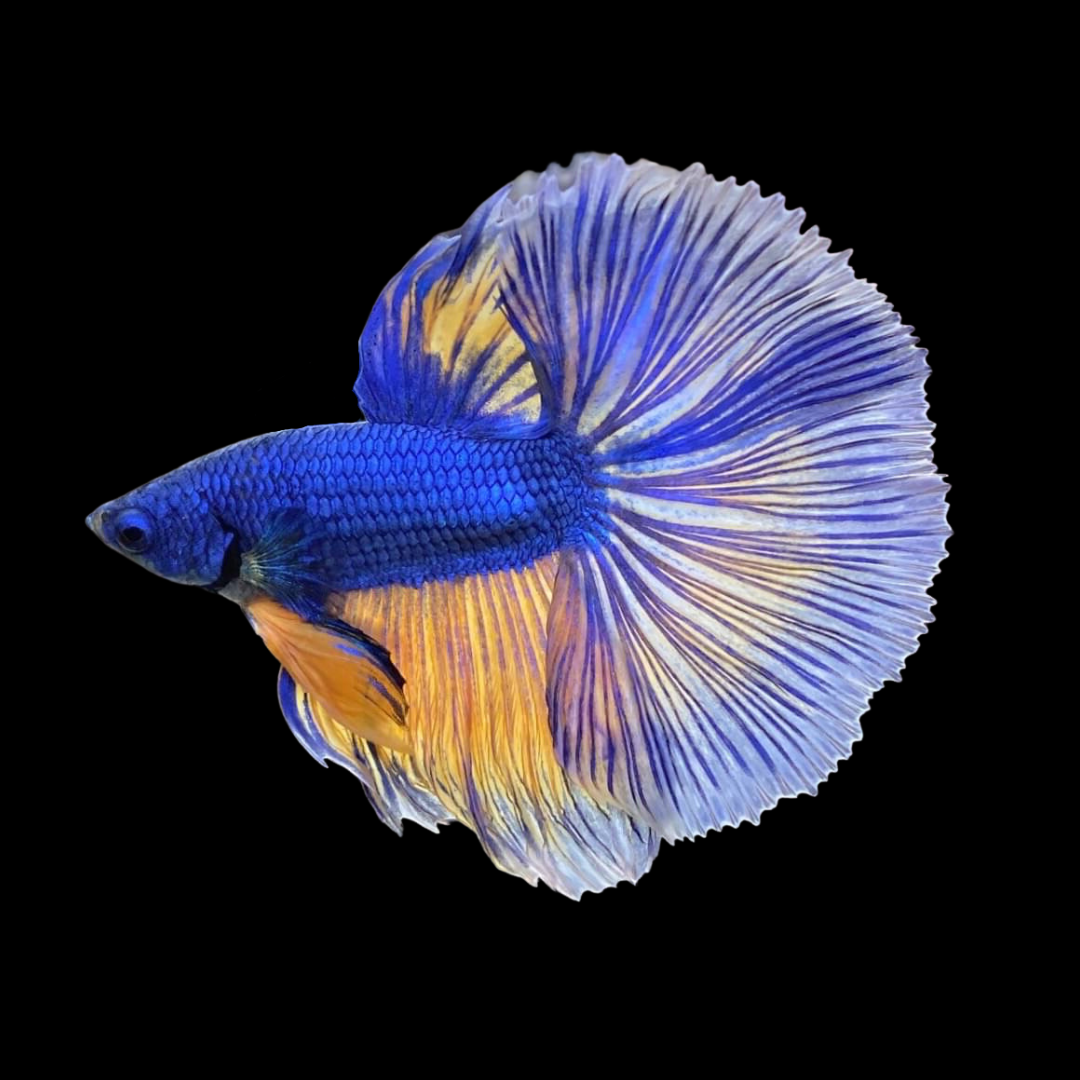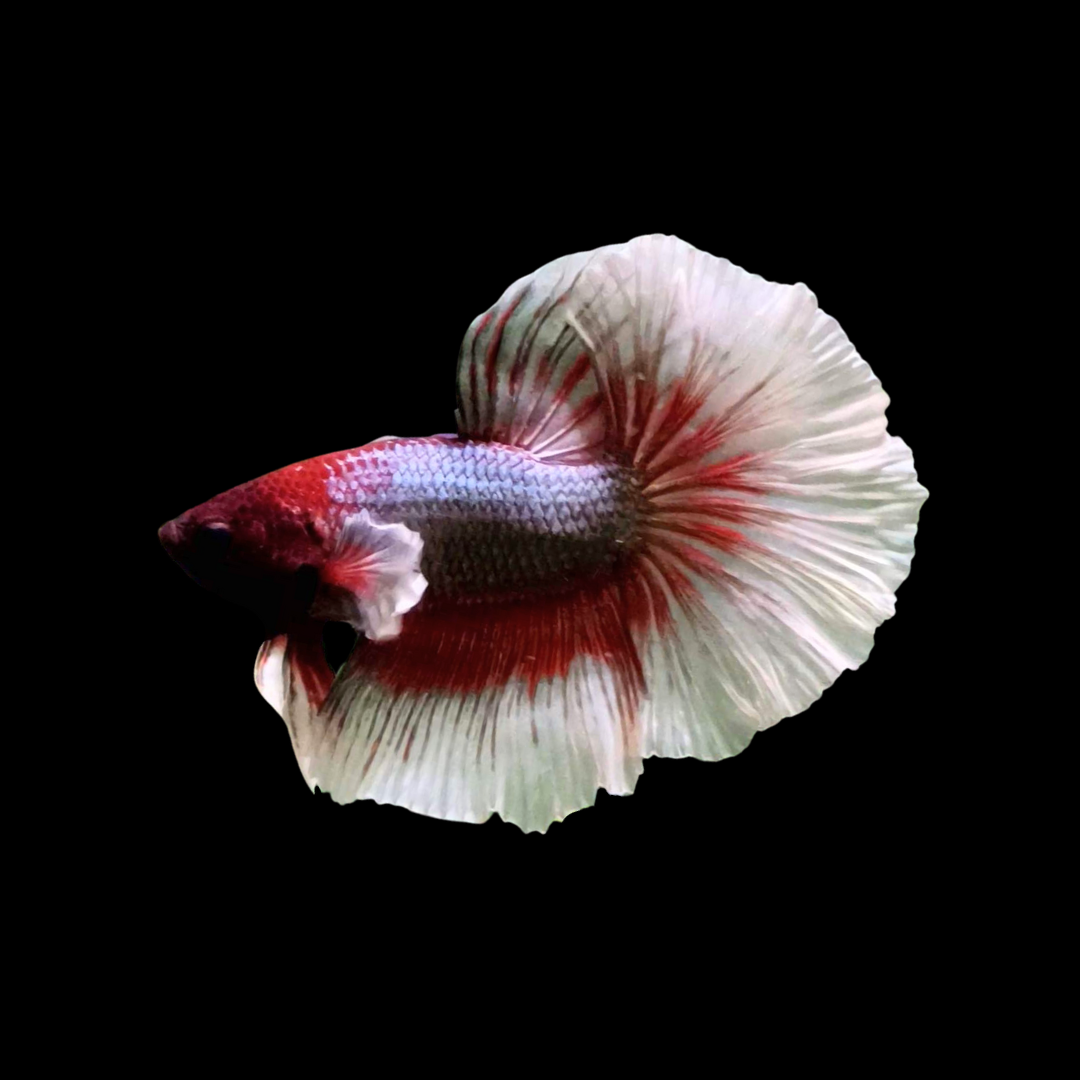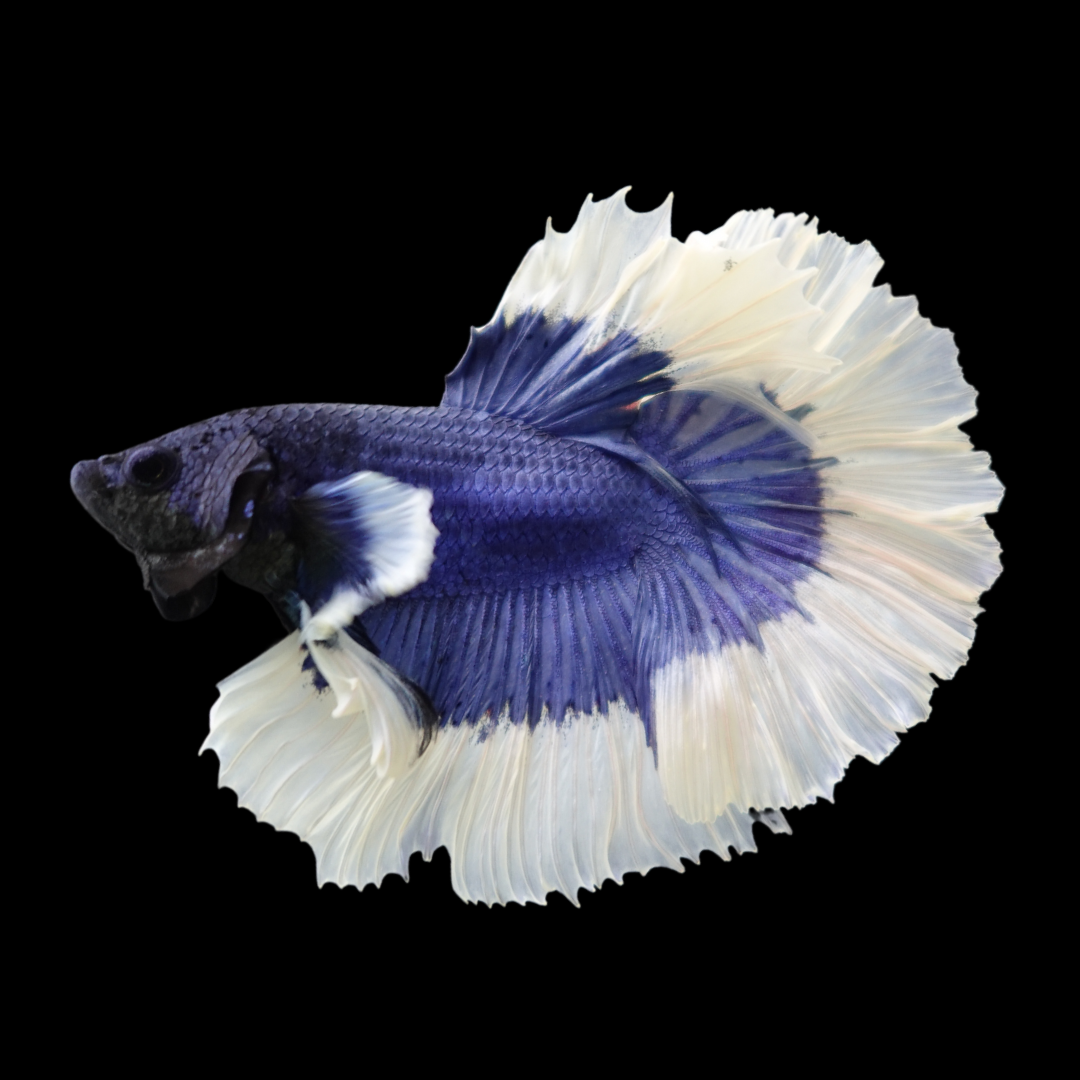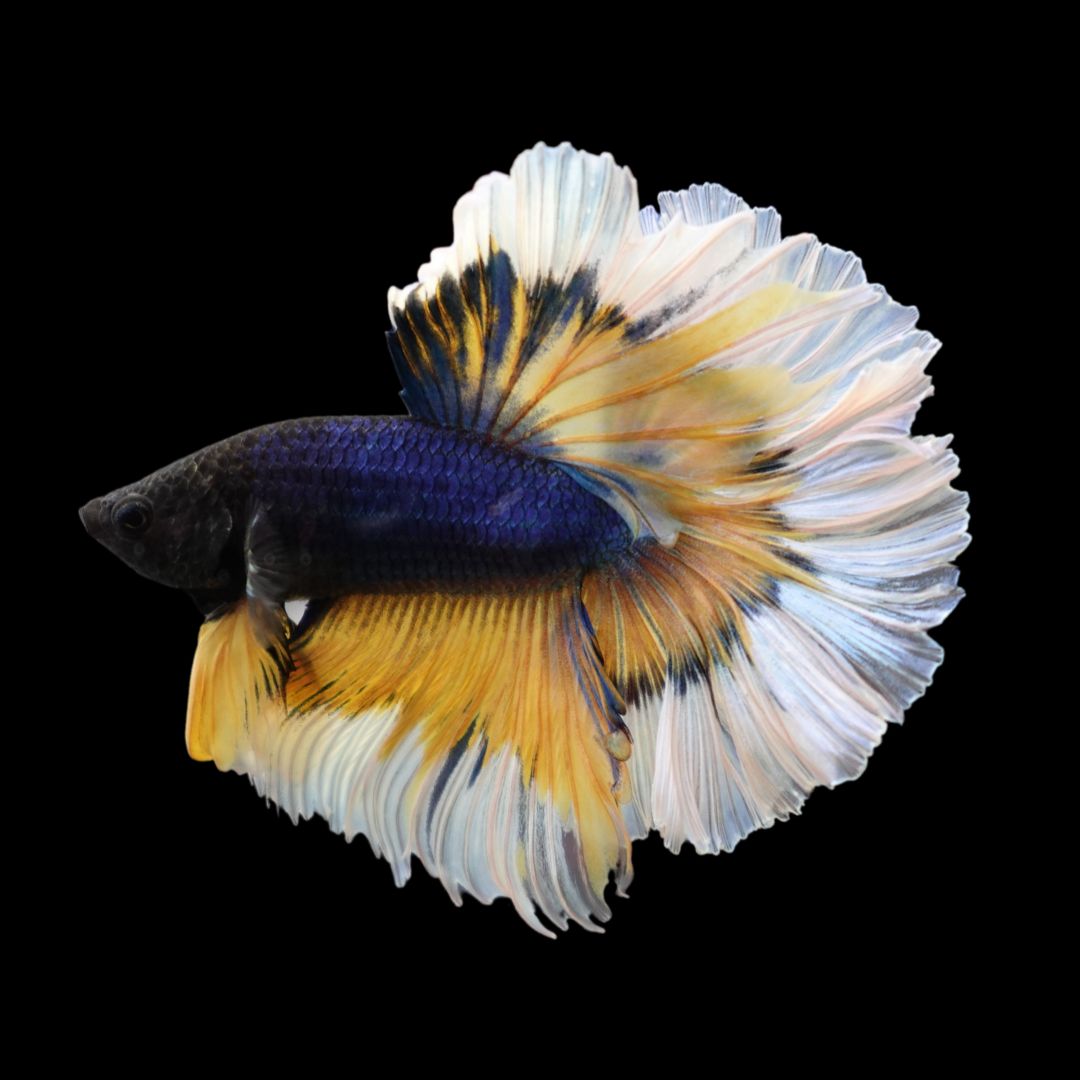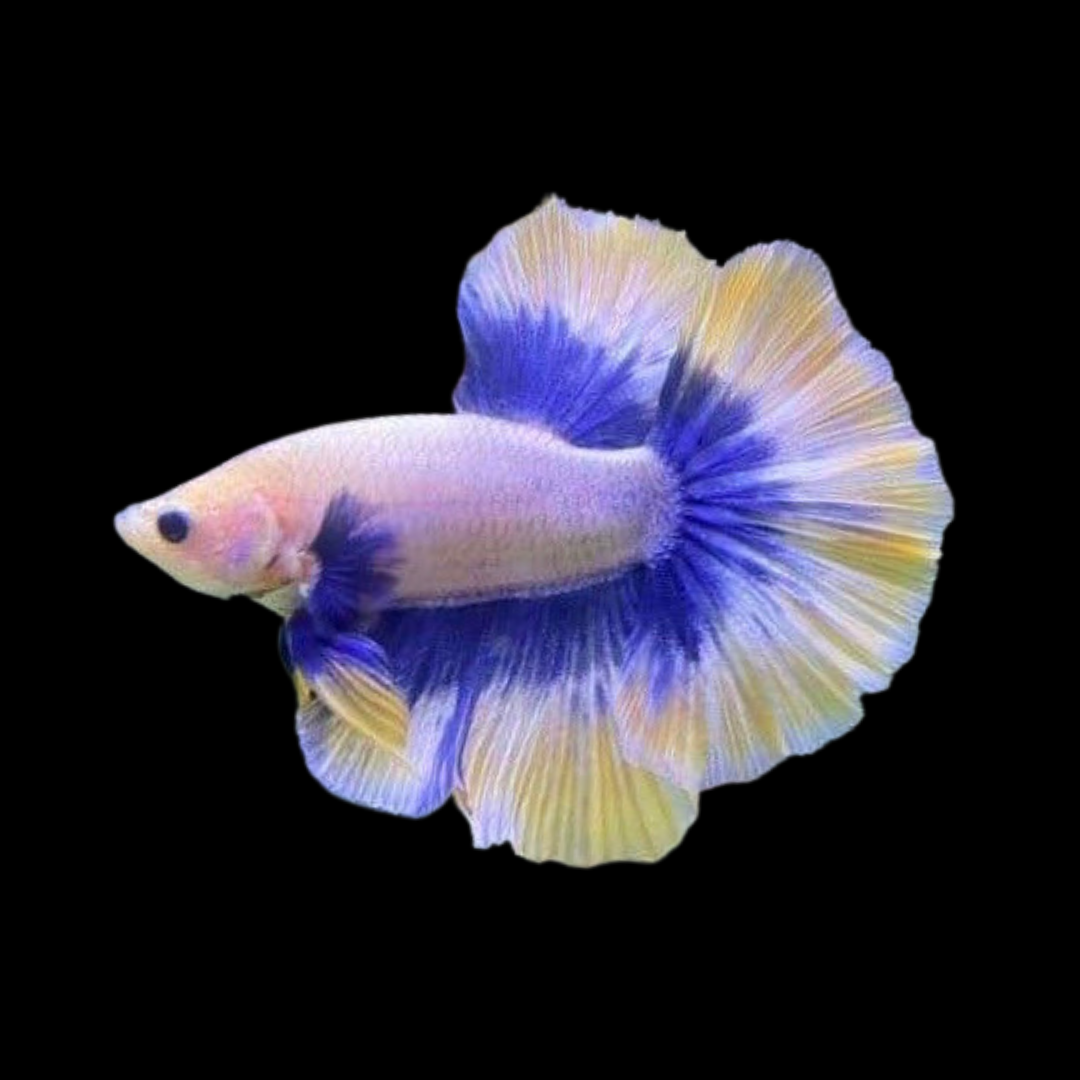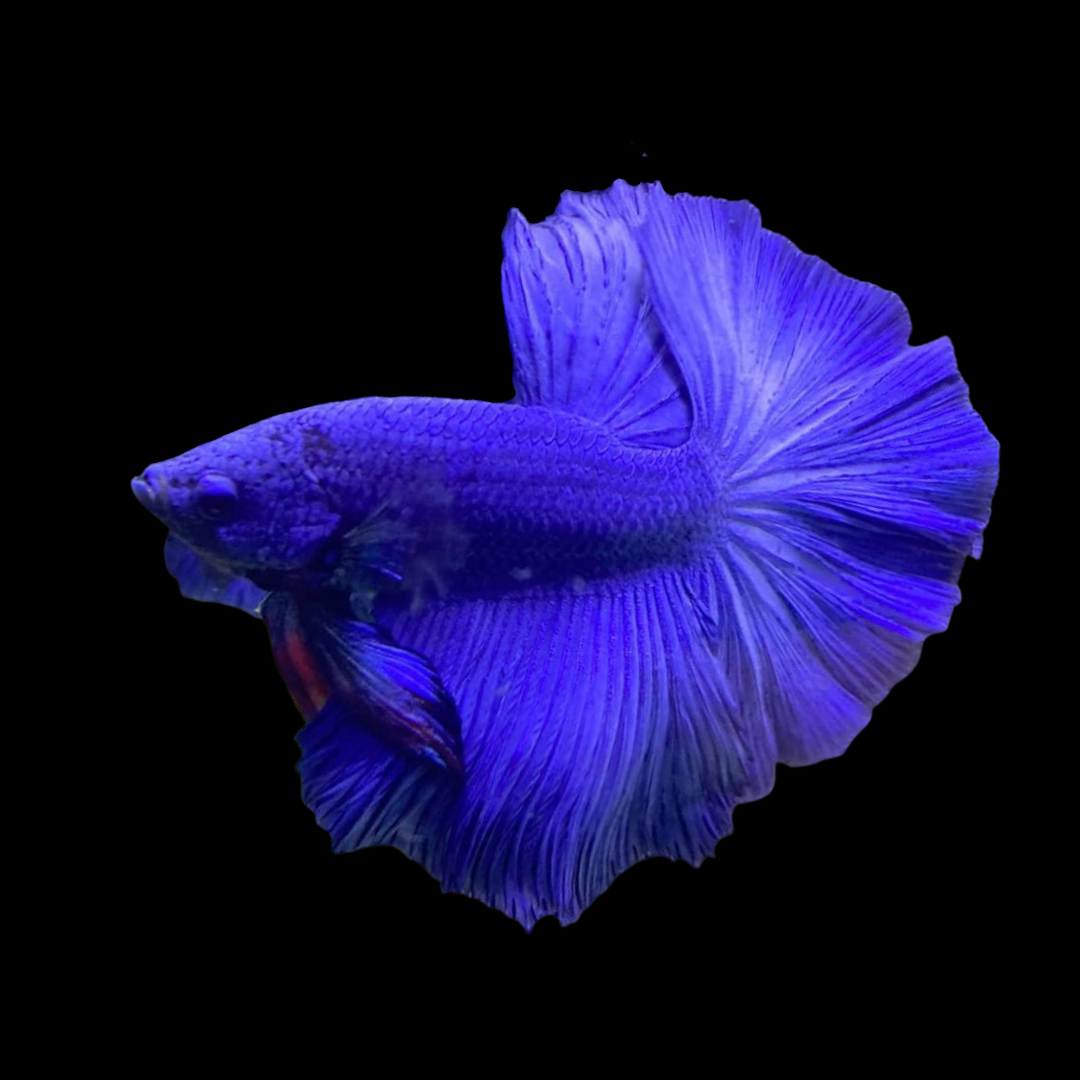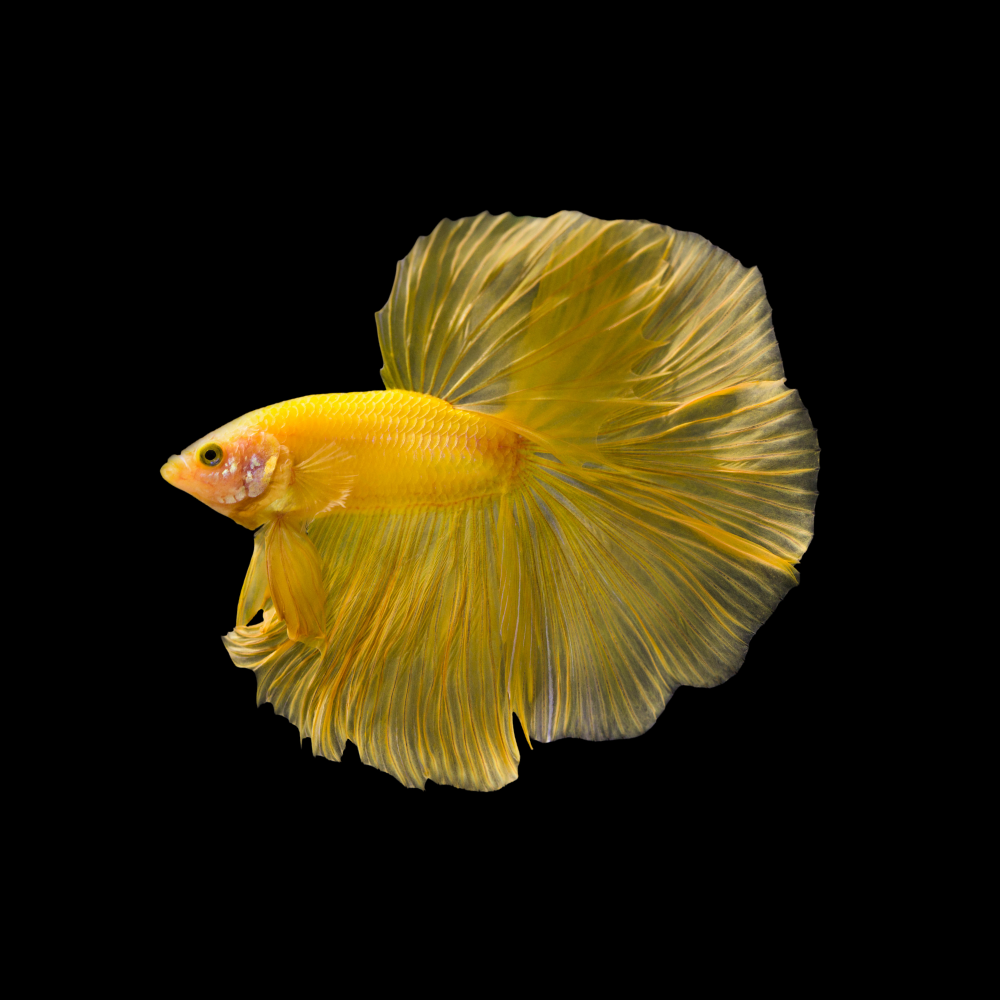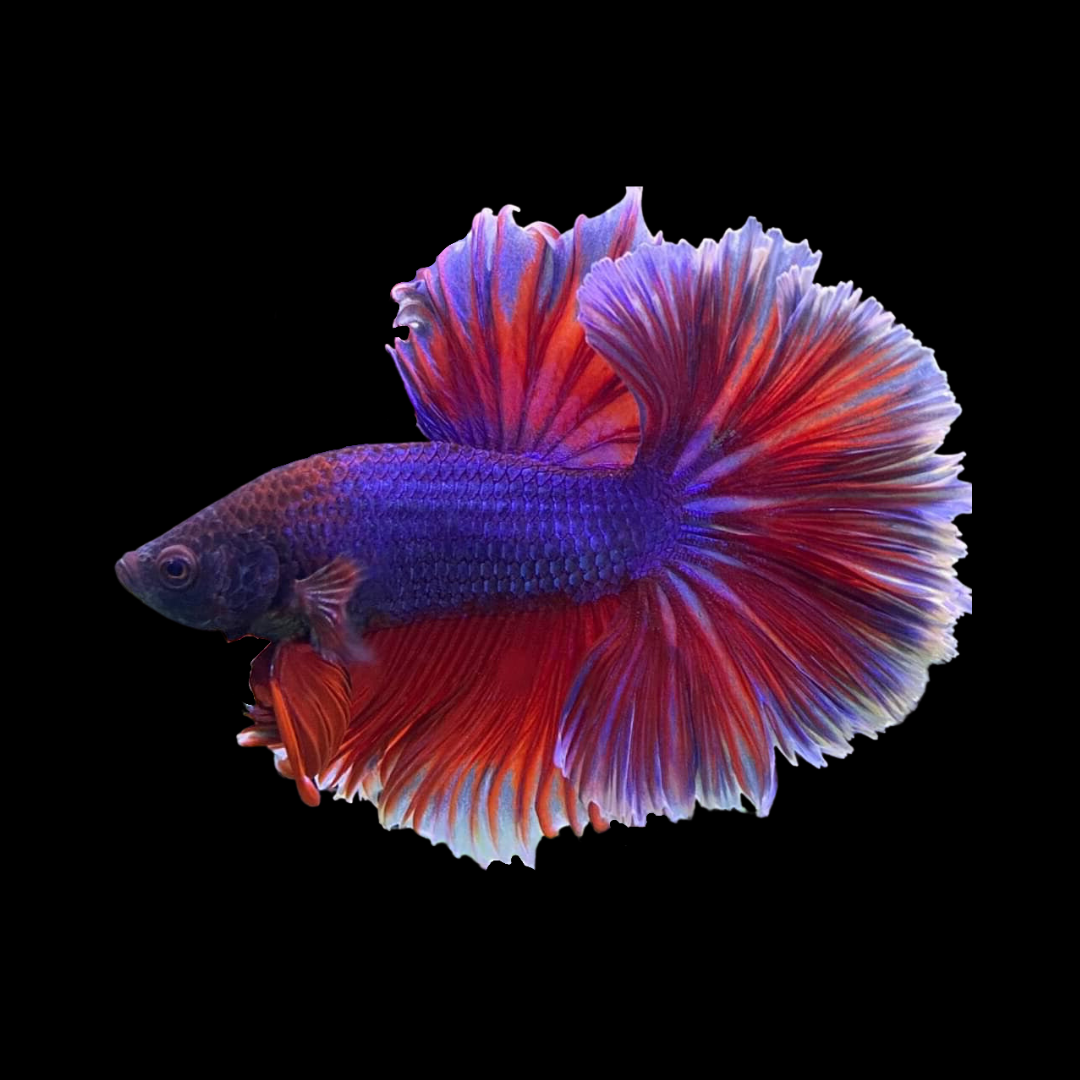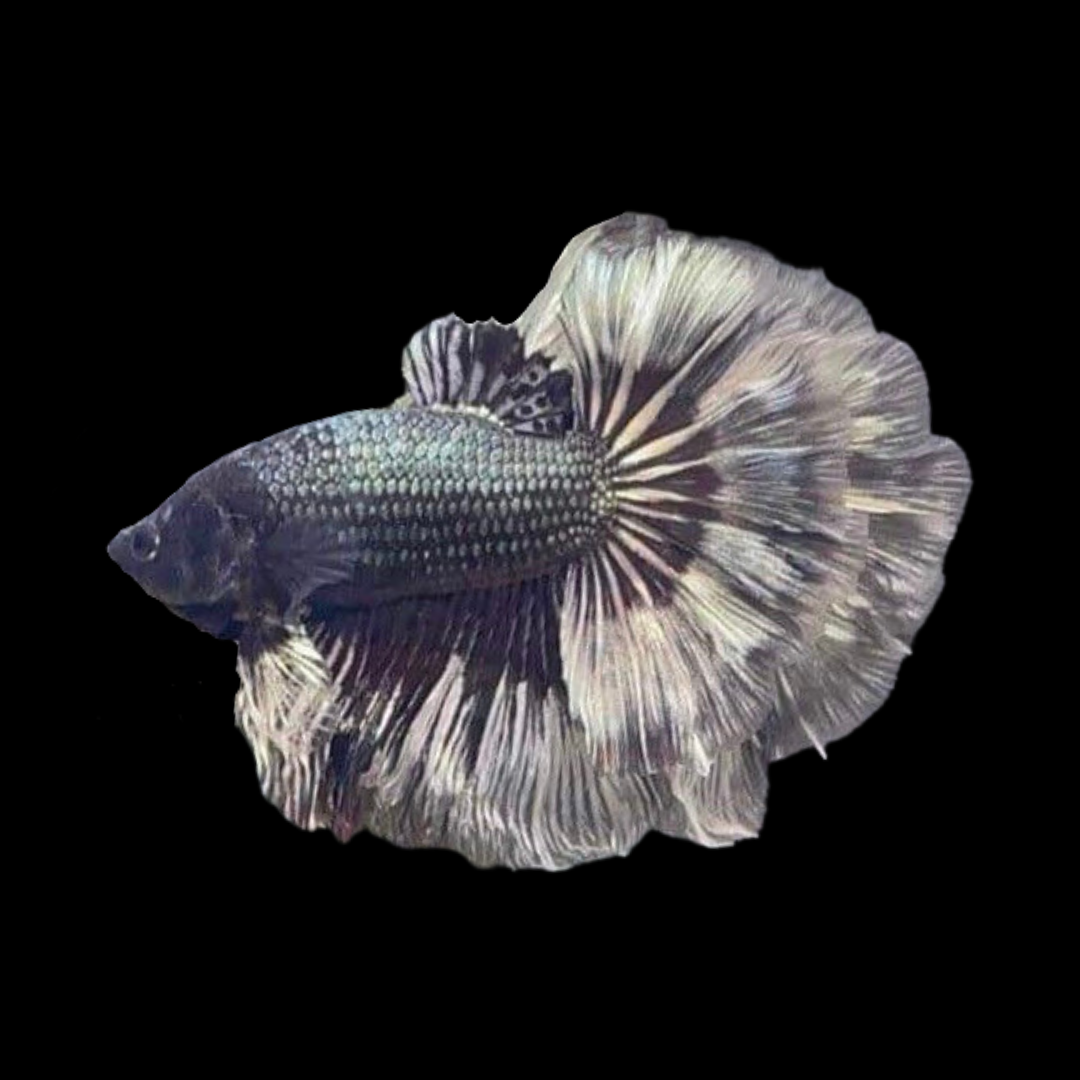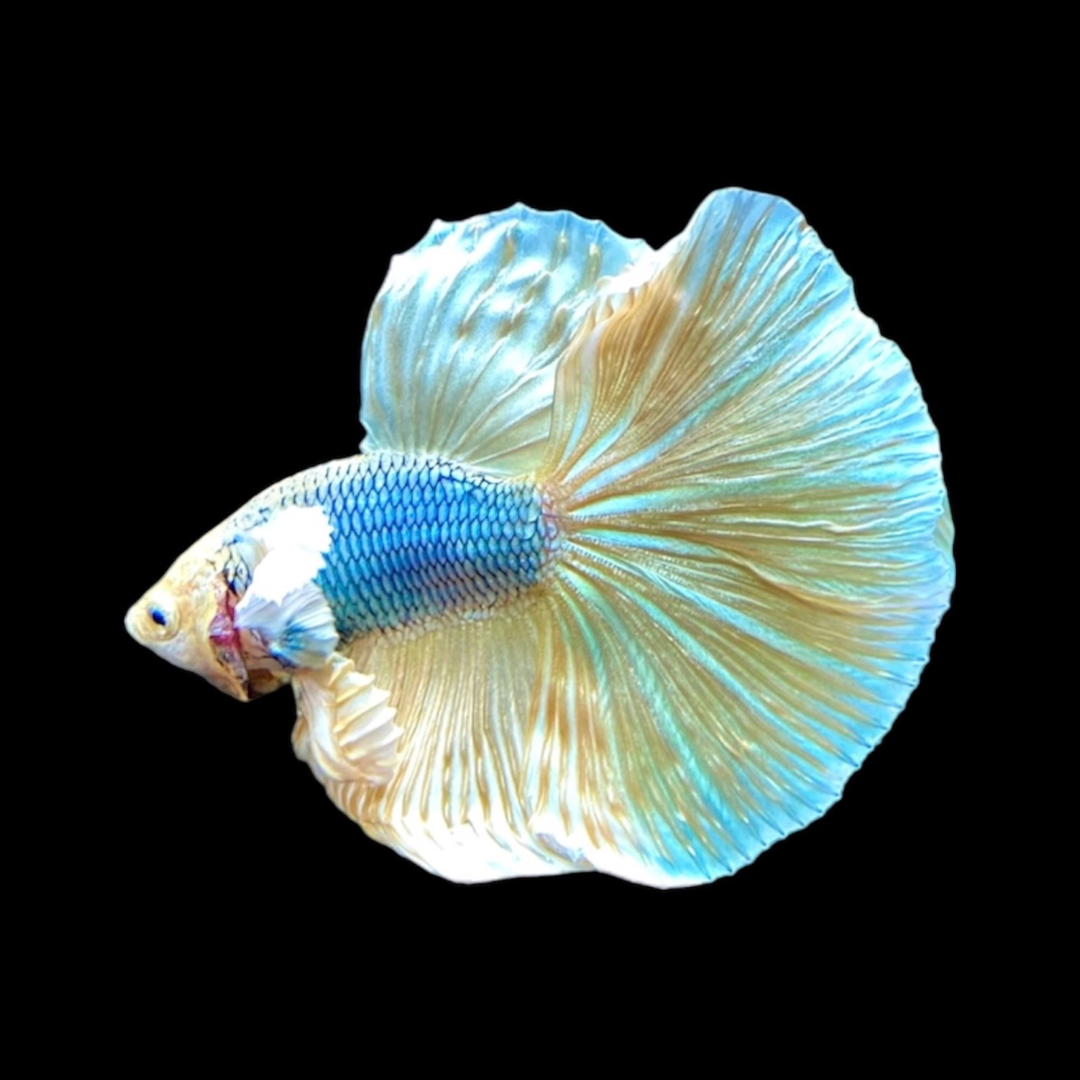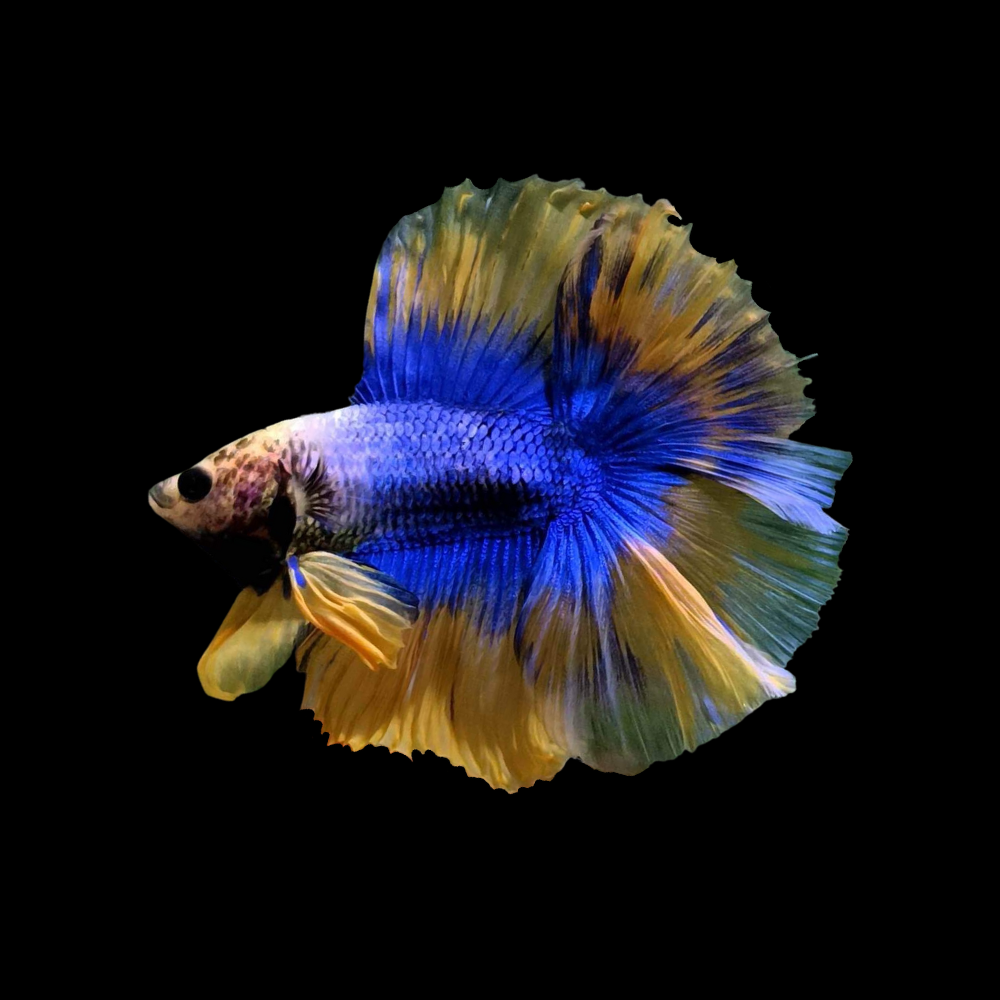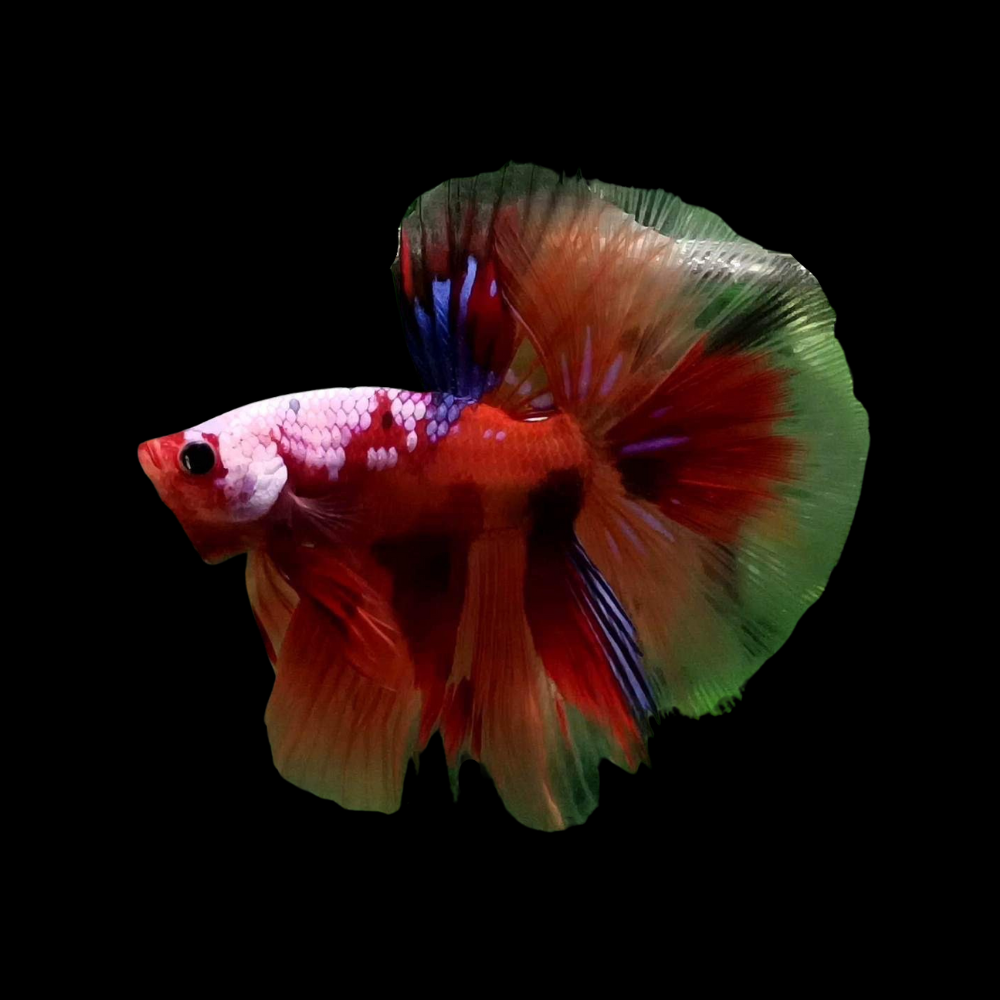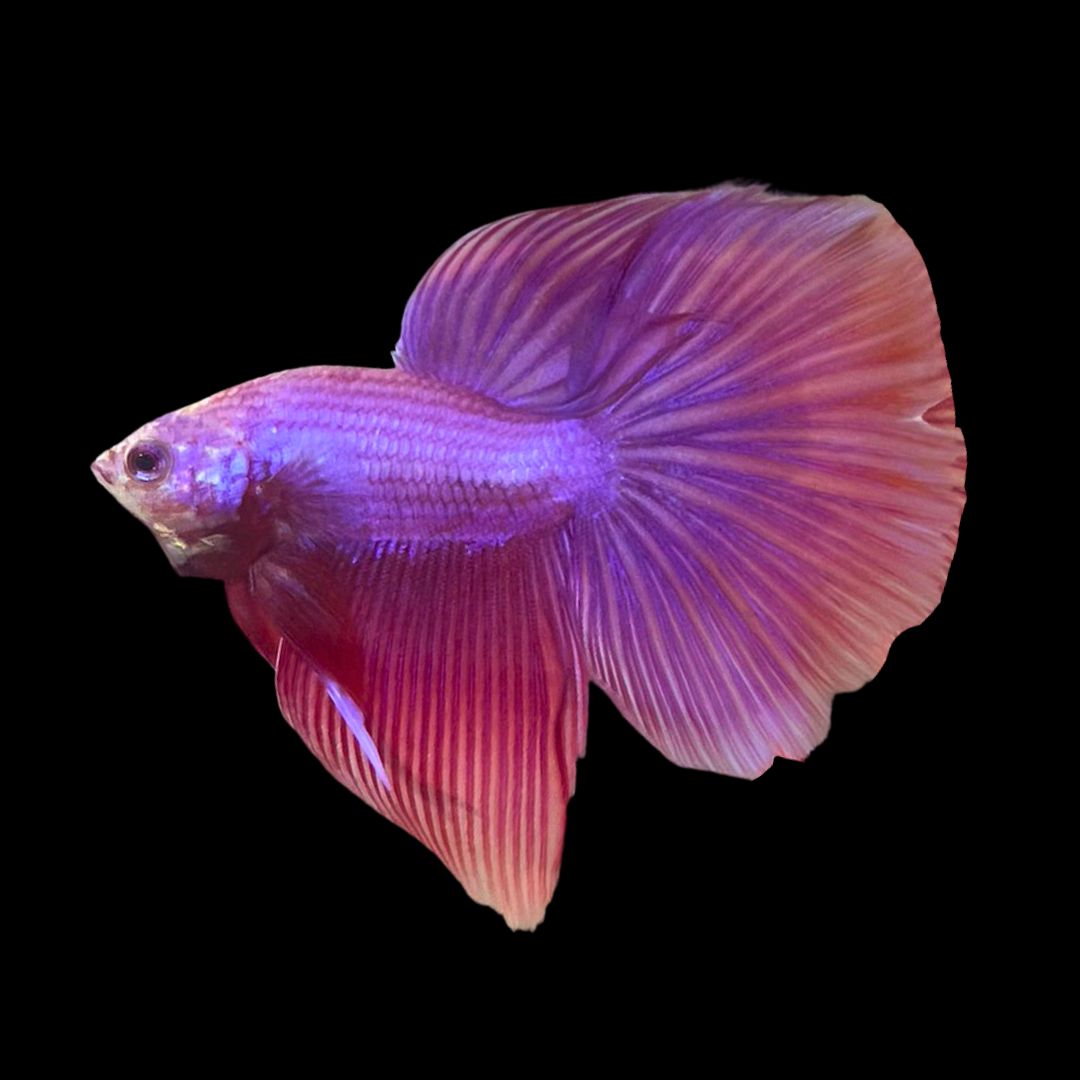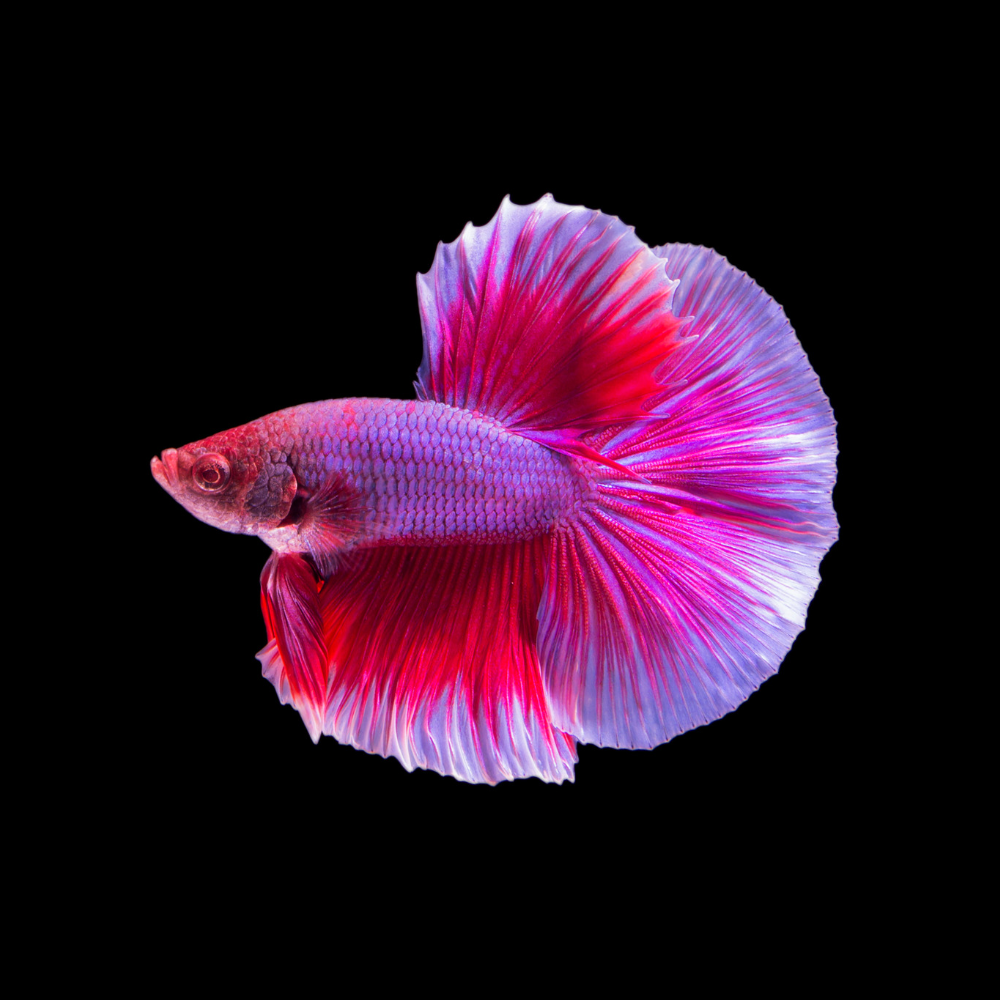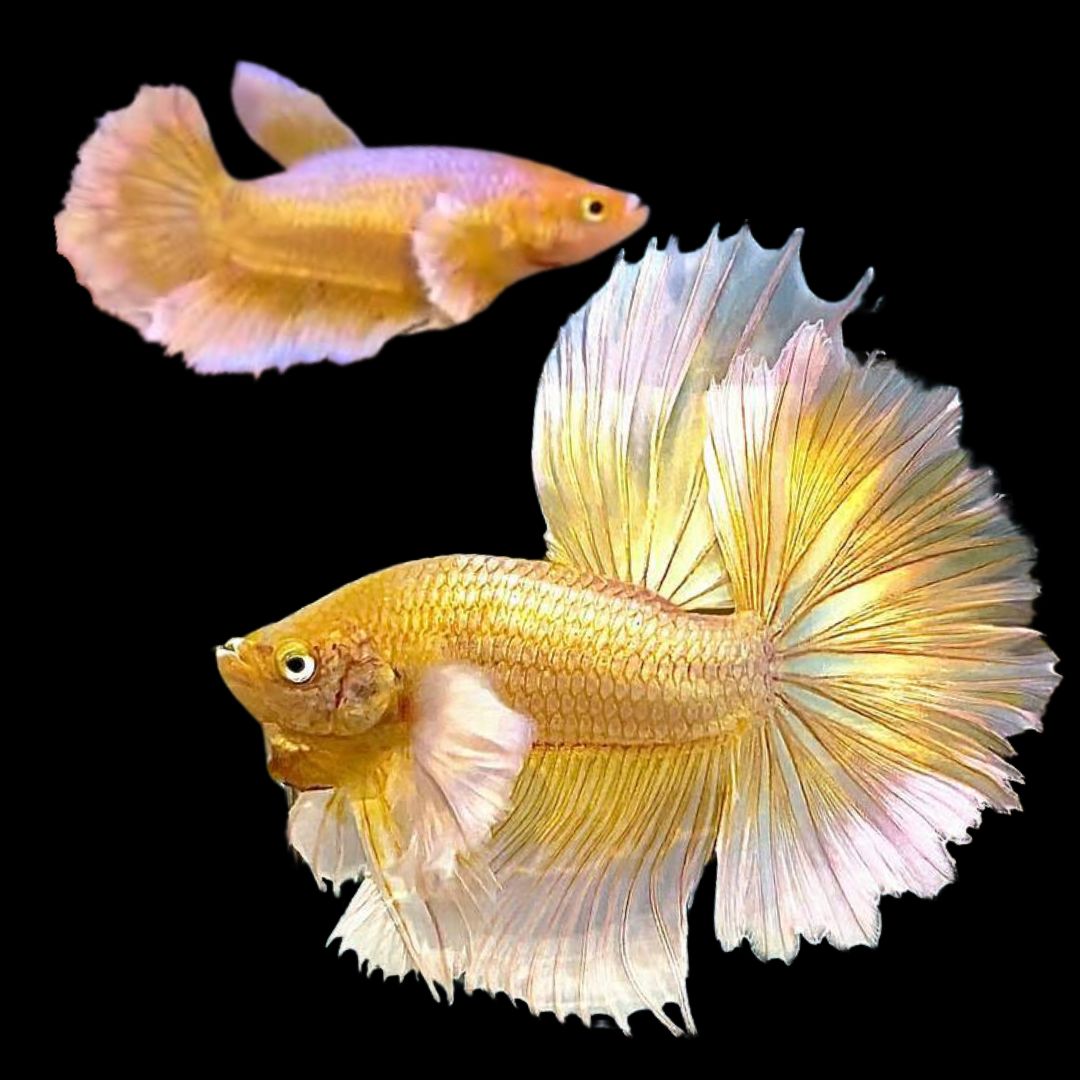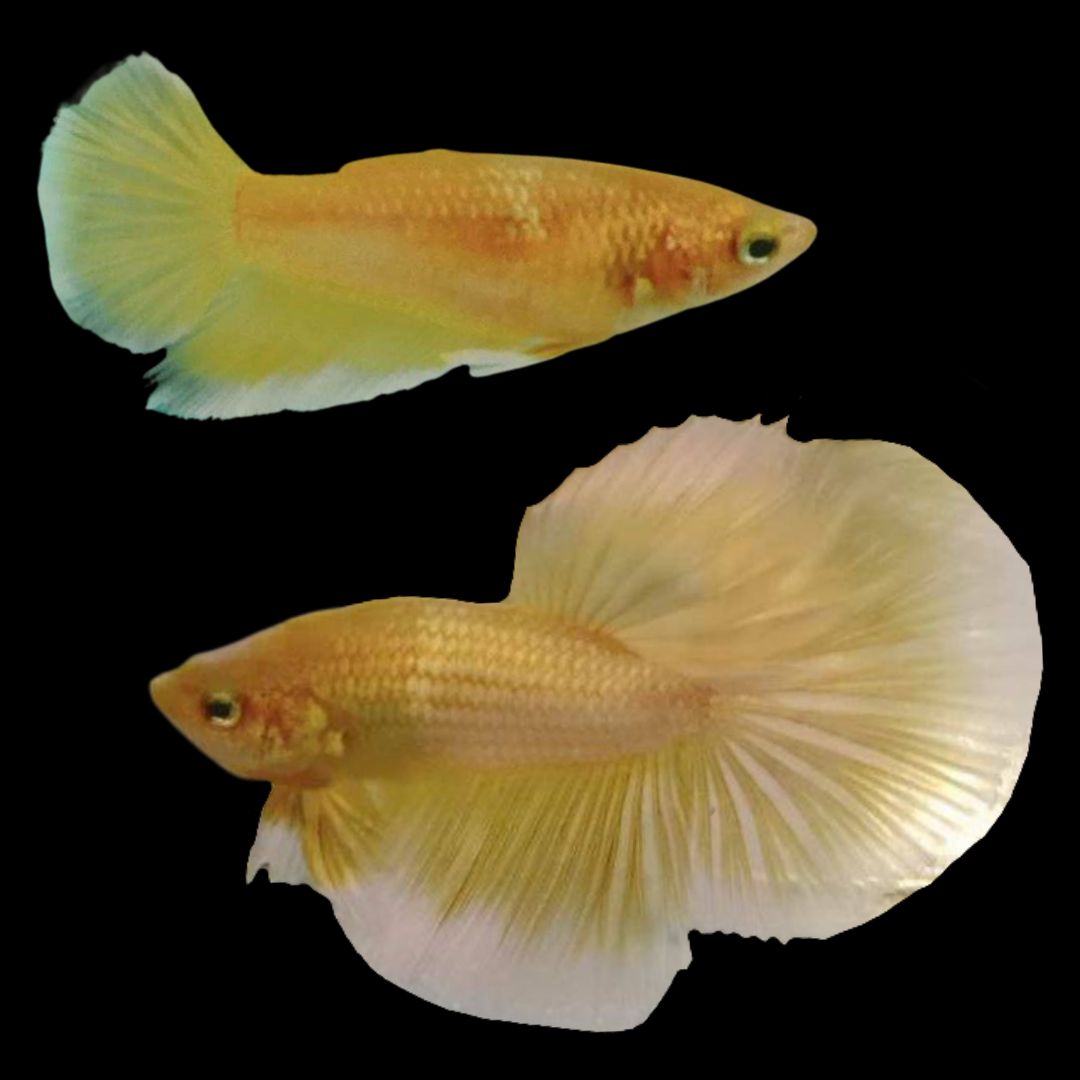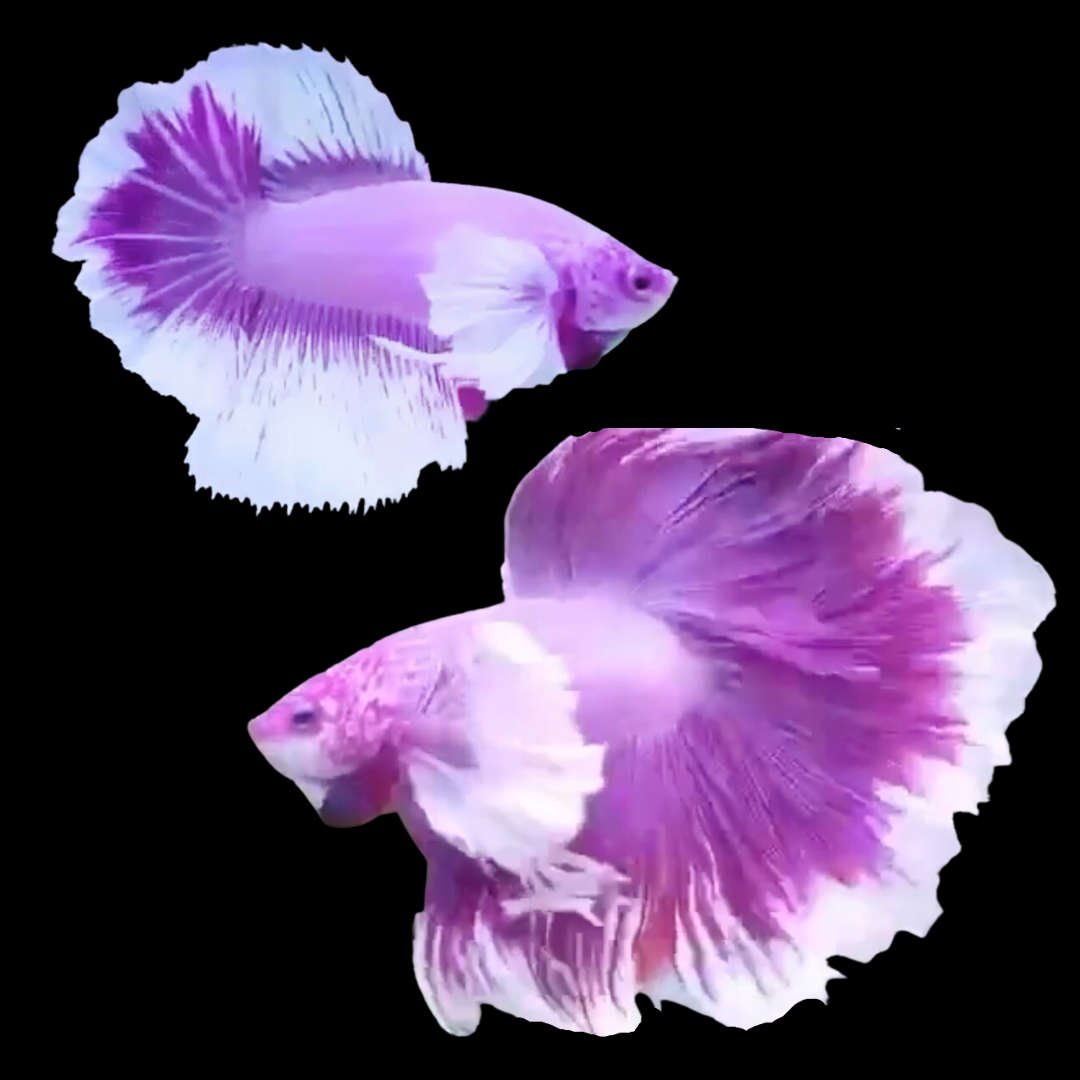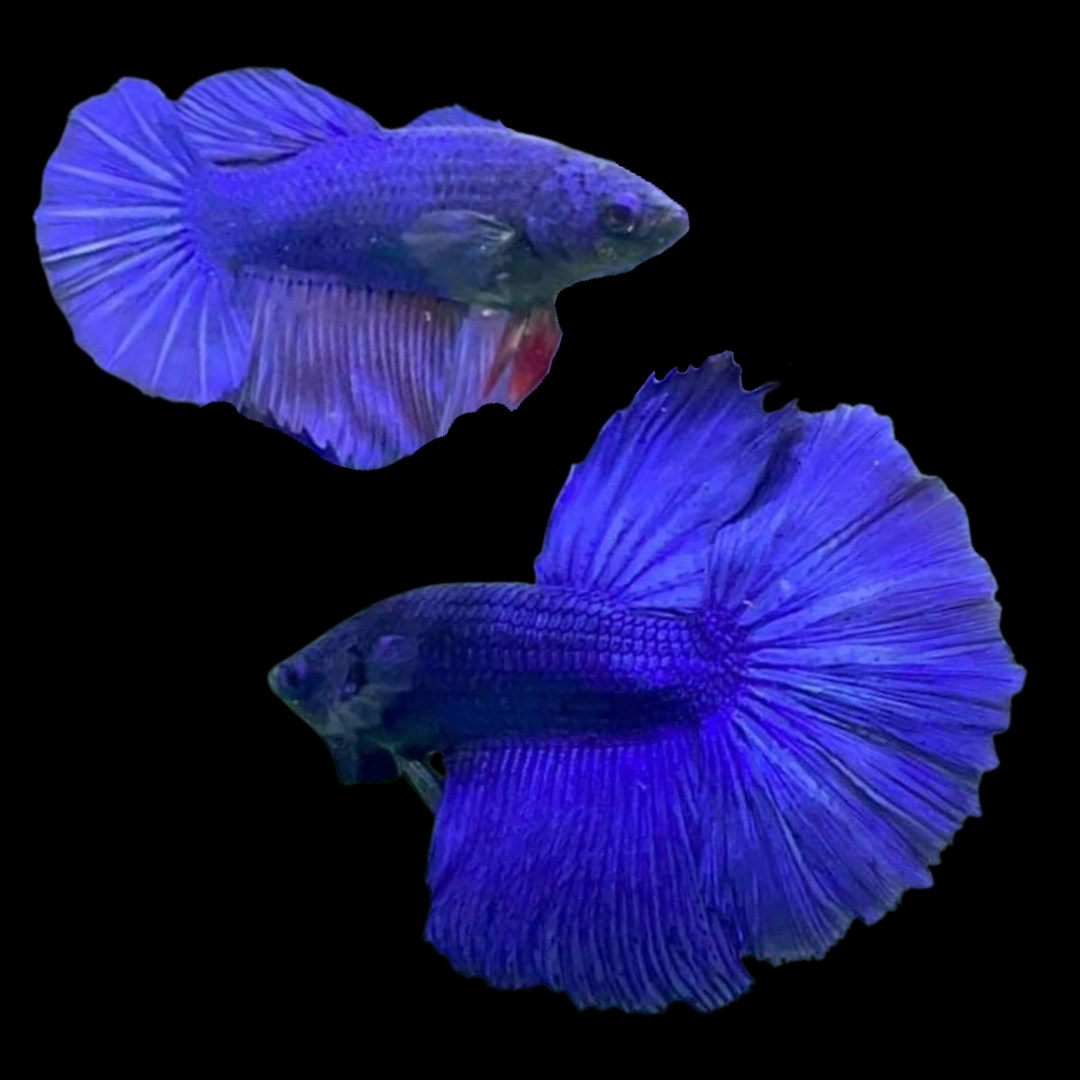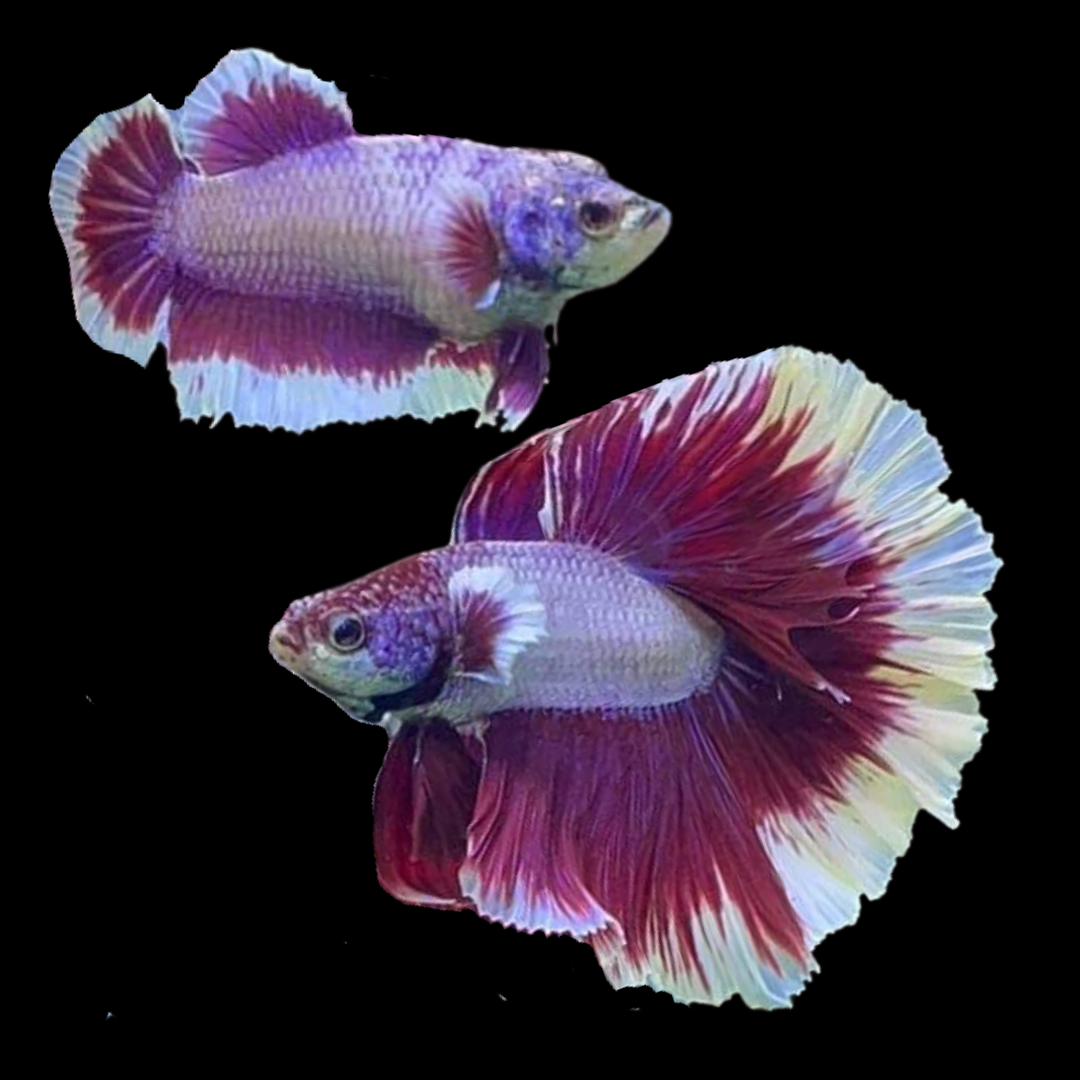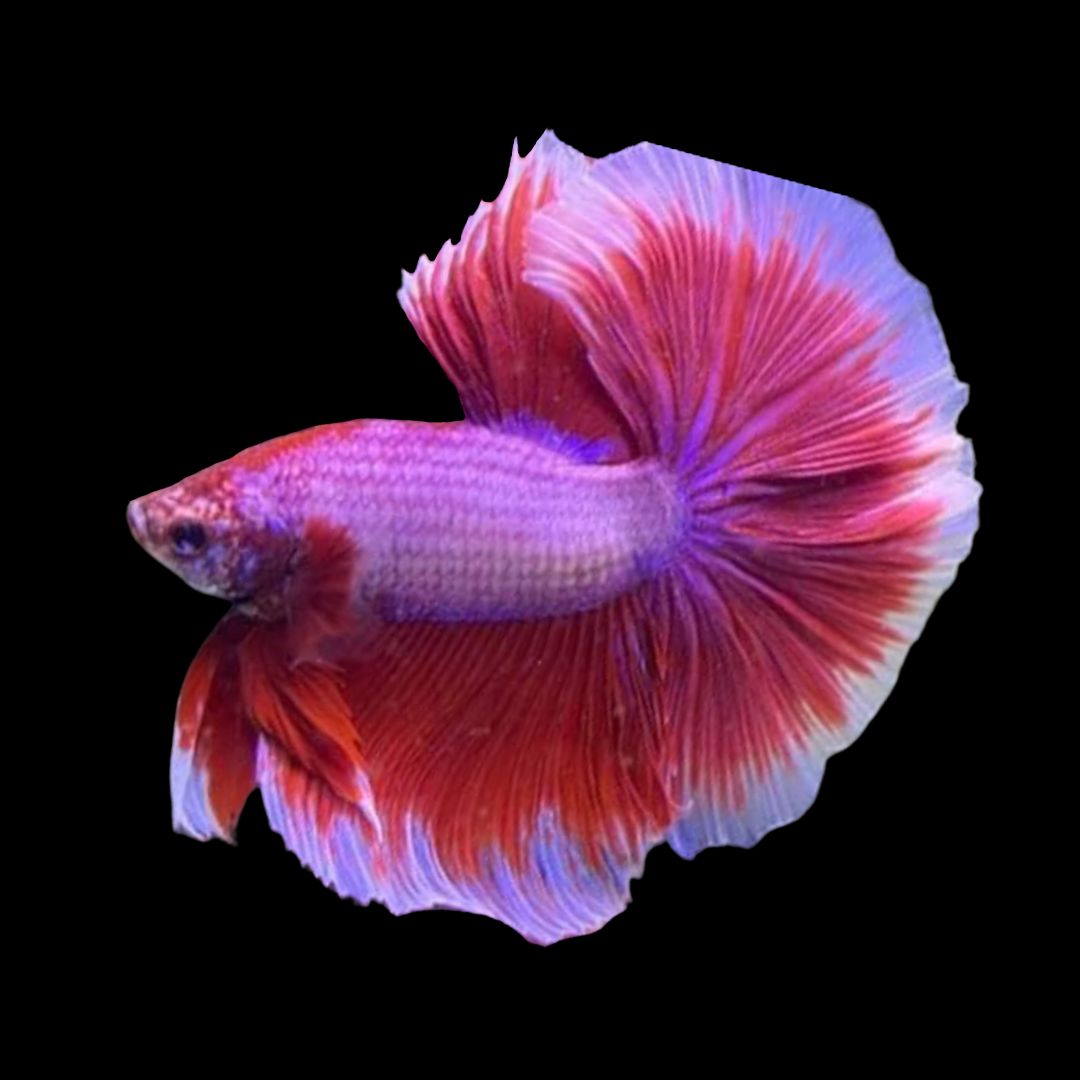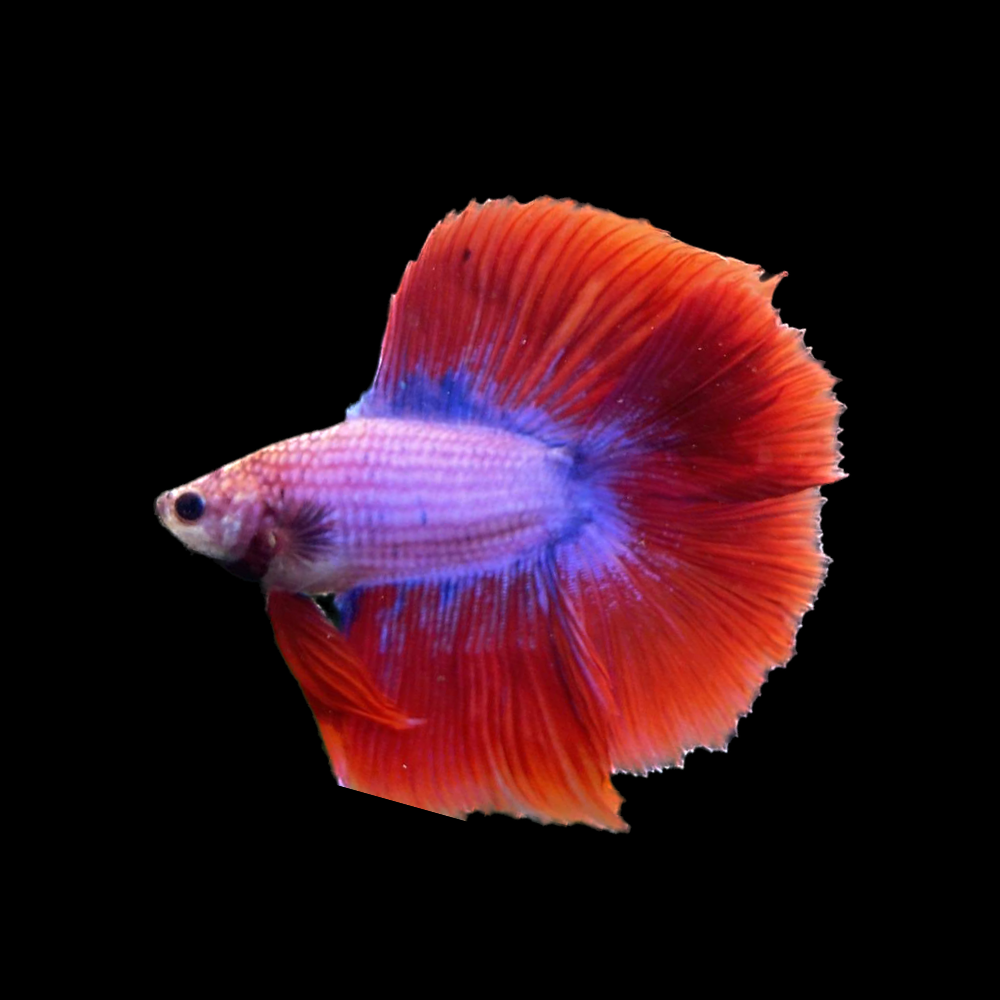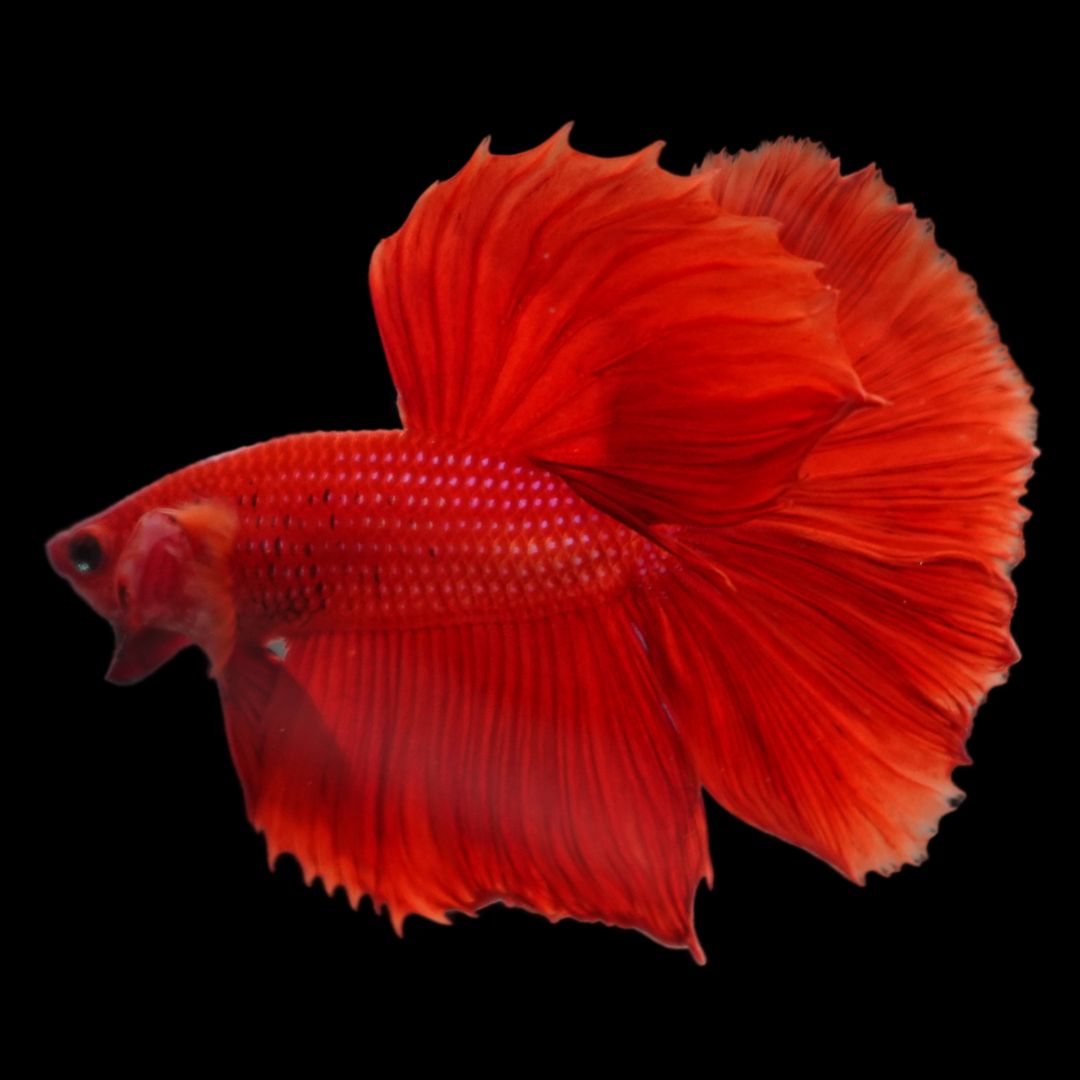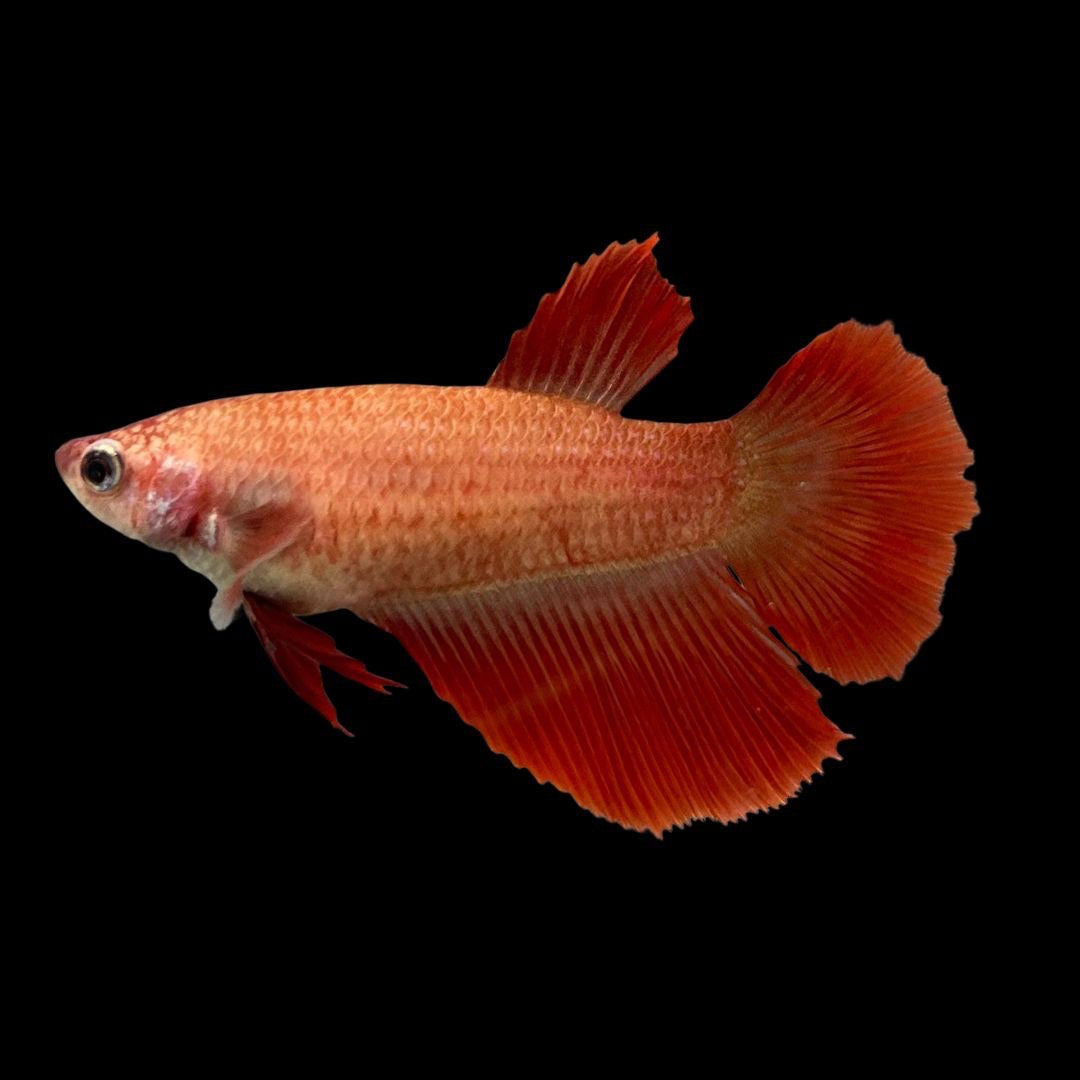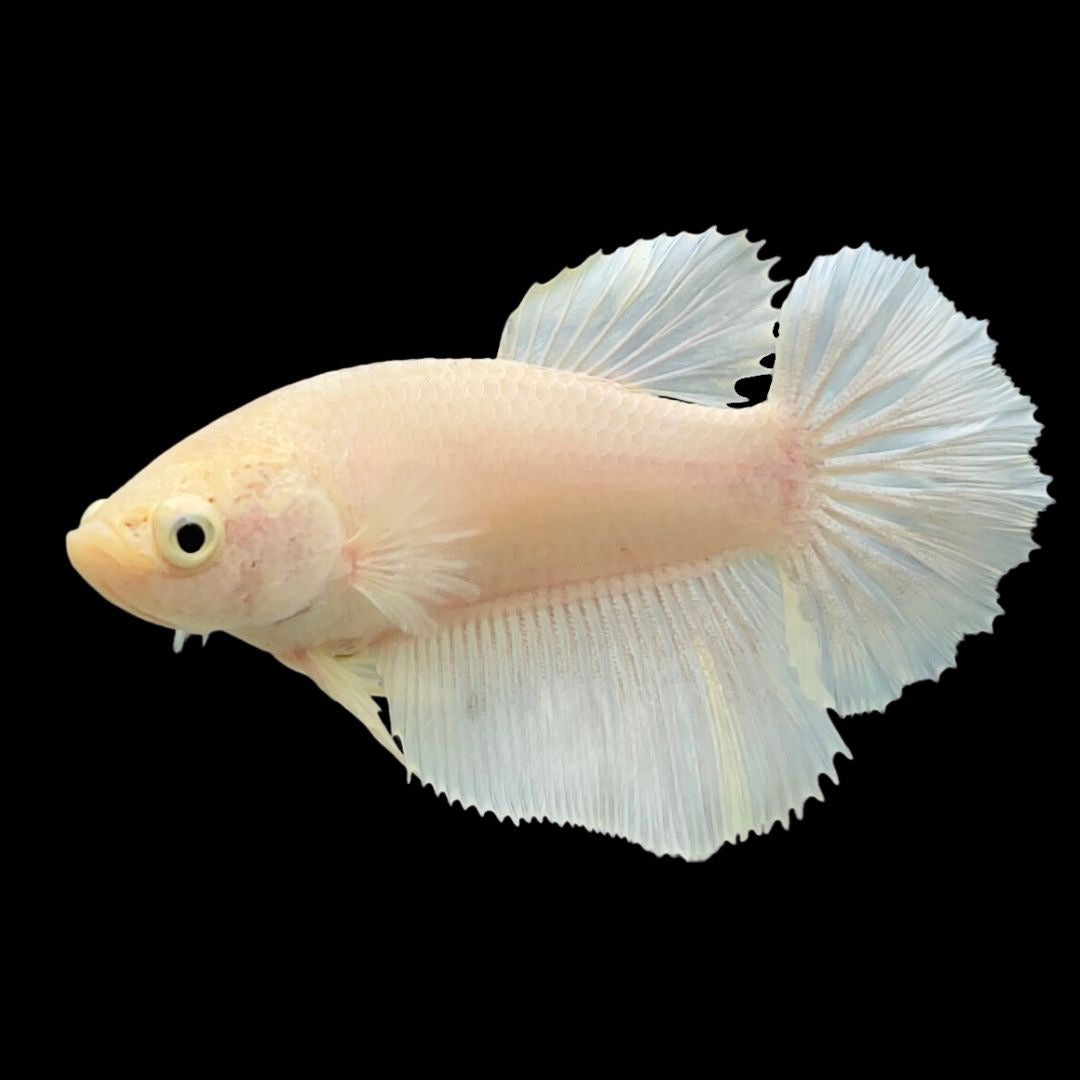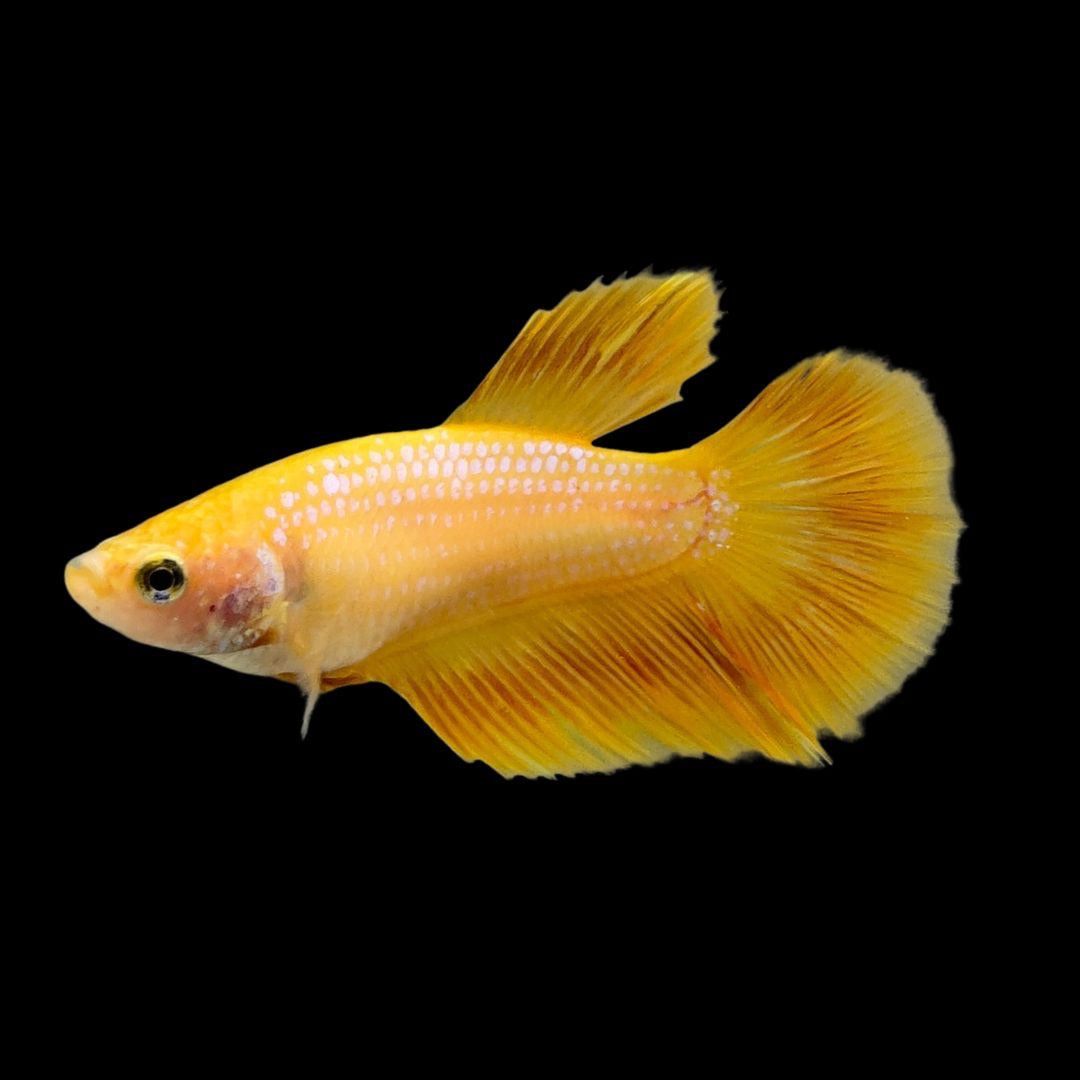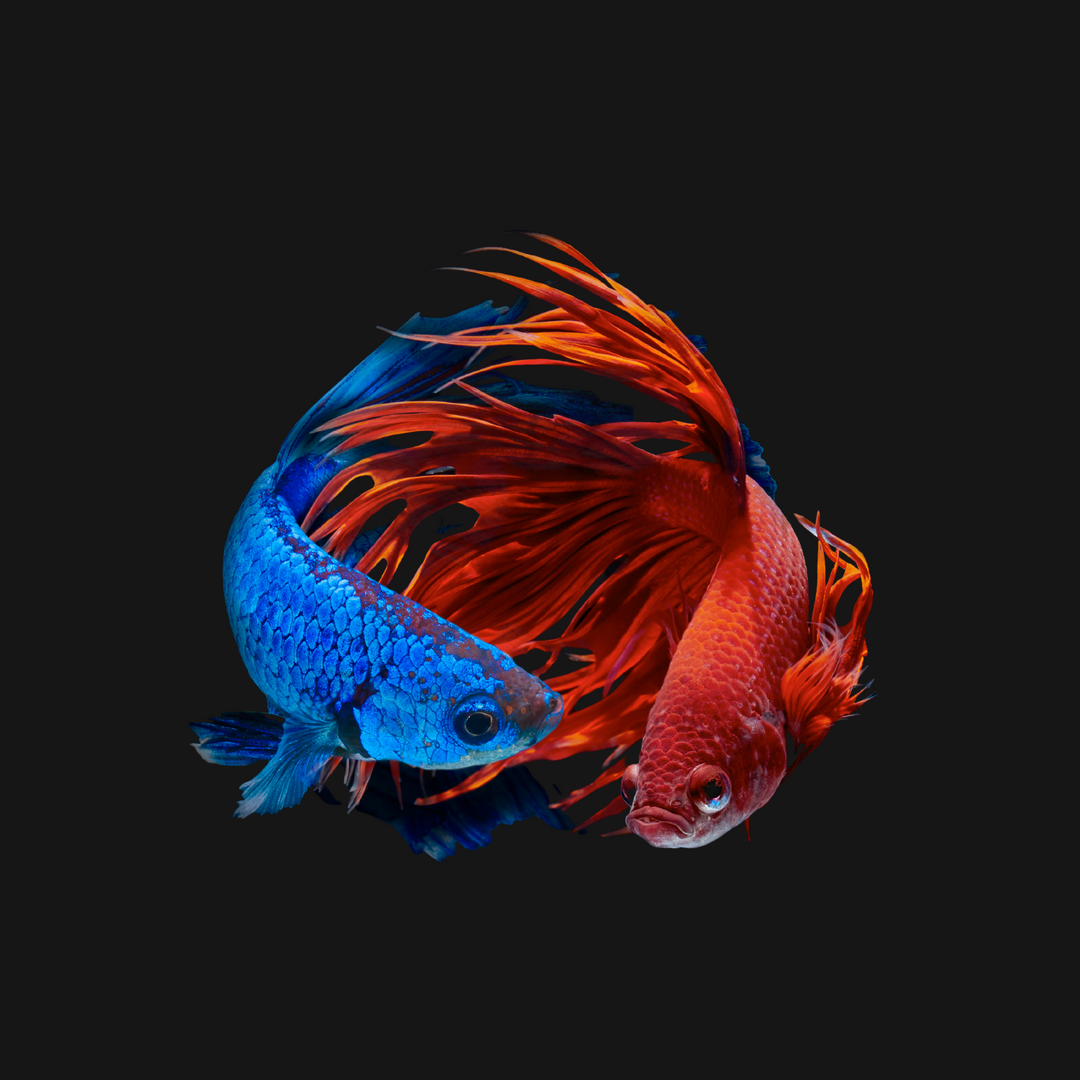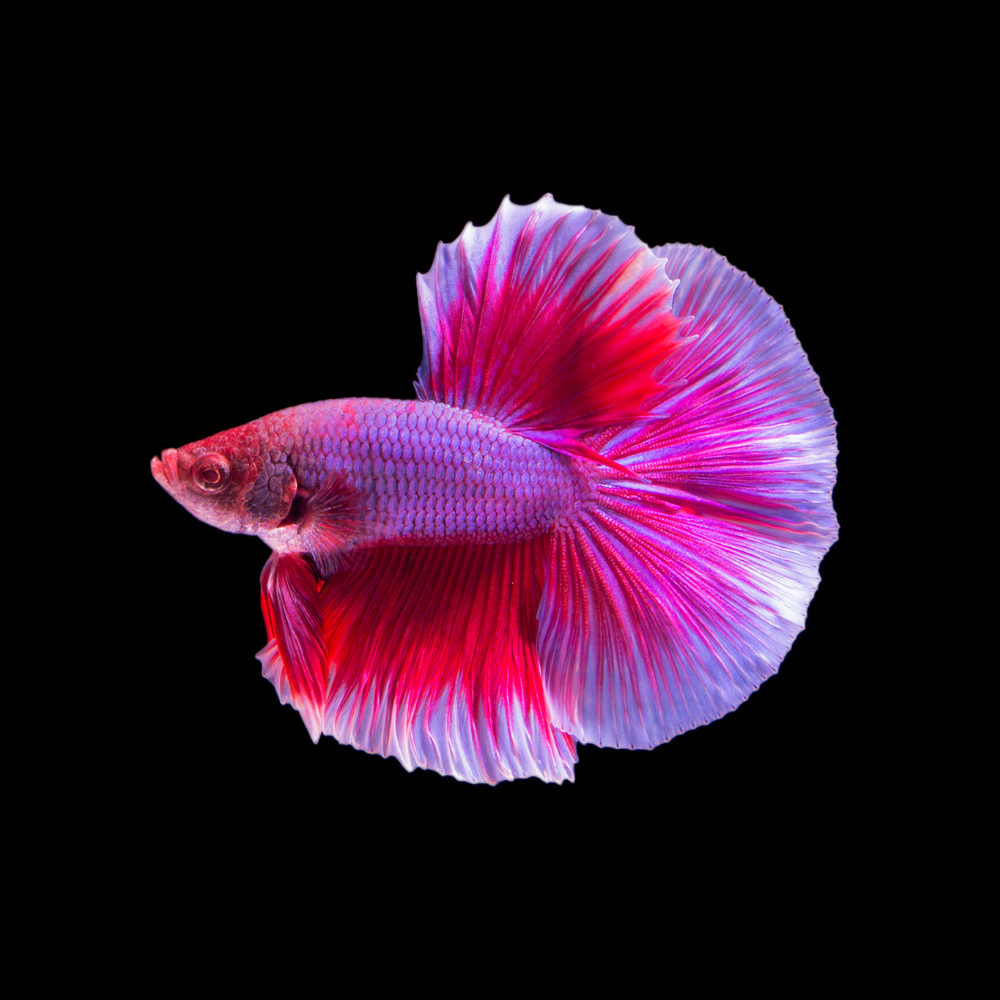
Halfmoon
FAQs
About Halfmoon Betta Fish
A healthy Halfmoon Betta will exhibit vibrant colours and an active demeanor. They'll be curious, often exploring their tank and responding to external stimuli, like when you approach the tank. Their fins will be spread out, not clamped. A good appetite is another positive sign. On the flip side, faded colours, lethargy, loss of appetite, or visible spots and lesions could indicate stress or illness. Regularly observing your Betta and maintaining a clean, stable environment is key to ensuring their well-being.
The Halfmoon Betta Fighter Fish may have a grander tail than its cousins but it does not necessarily indicate the fish's aggression level. While bettas, in general, are known as "fighter fish" due to their territorial nature, the aggression level is more related to individual temperament and environmental factors rather than tail type. Halfmoon bettas, like other betta varieties, can be aggressive towards other bettas, especially males. It's always recommended to house male bettas separately and monitor any tank mates closely to ensure compatibility and reduce aggression.
While the term Half moon Betta primarily refers to the tail's shape, there are several variations based on tail and fin structures. Some popular types include:
- Traditional Halfmoon (HM): Features the classic 180-degree spread of the tail.
- Half moon Plakat (HMPK): Combines the short body of the traditional Plakat Betta with the broad tail spread of the Halfmoon.
- Over-Half moon (OHM): Also known as Full Moon Betta. These Bettas' tails spread more than 180 degrees, almost resembling an exaggerated D shape.
- Half moon Double Tail (HM DT): Also knows as Twintail Halfmoon Betta. Features a tail split into two lobes, giving the appearance of two tails, but with the halfmoon spread.
- Half moon Dumbo (or Elephant Ear): Has the halfmoon tail paired with oversized pectoral fins that resemble elephant ears.
- Halfmoon Koi Betta: A Betta fish with a distinctive half-circle tail shape and vibrant, Koi-like color patterns.
- Feather Tail Betta Fish: A type of Betta fish with long, flowing, and elaborate fins that resemble the delicate appearance of feathers.
- Rosetail Betta: A type of Betta fish with an exaggerated, full, and voluminous tail that forms a rose-like shape.
- Butterfly Betta: A type of Betta fish with symmetrical and striking color patterns that resemble the wings of a butterfly.
The Betta Fish Half Moon stands out primarily due to its unique tail fin. When the tail is fully flared, it forms a perfect semi-circle, resembling the shape of a half moon. This distinct tail shape spans 180 degrees, giving it a dramatic and elegant appearance. While coloration and patterns can vary widely among Half Moon bettas, just as with other betta types, it's this particular tail shape that sets them apart. When choosing or identifying a Betta Fish Half Moon, it's essential to observe the tail's spread and ensure it aligns with the characteristic half-circle form.
With proper care, Betta Fish Halfmoon typically live between 3 to 5 years. However, their lifespan can extend up to 7 years in some exceptional cases. It's essential to provide them with a clean, stable environment, a balanced diet, and regular health check-ups to ensure they live a long, healthy life.
Our Legacy
We work tirelessly for 30 years to uphold the high standards set by our Thai ancestors and fellow breeders, ensuring that each and every Betta Fish for sale we produce is of the highest premium quality and meets the expectations of our customers. When you buy live betta fish online from us, you're not just purchasing a beautiful and captivating pet. You're also becoming a part of a long and rich history, and joining a community of people who appreciate and value the beauty and wonder of these amazing Betta Fish.
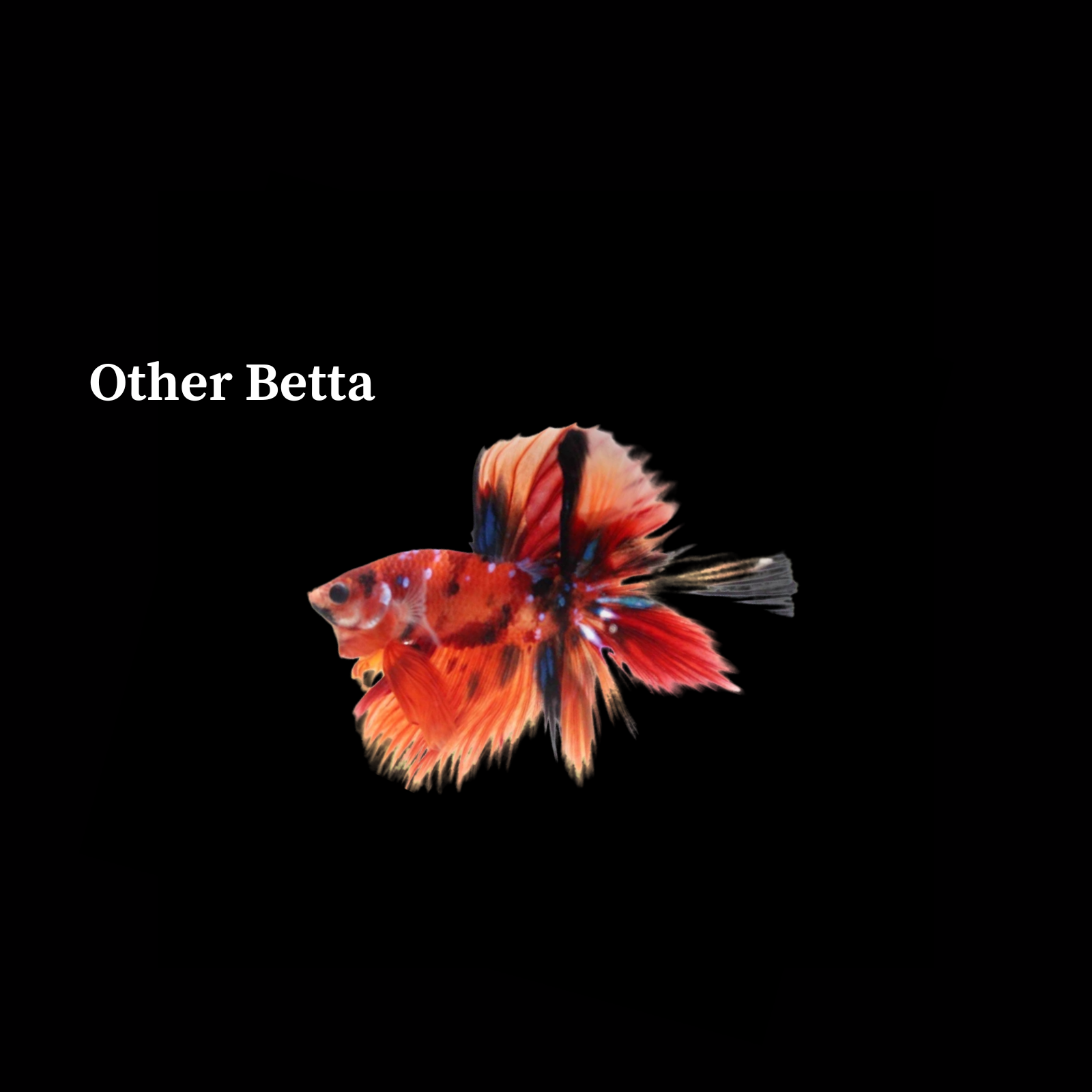
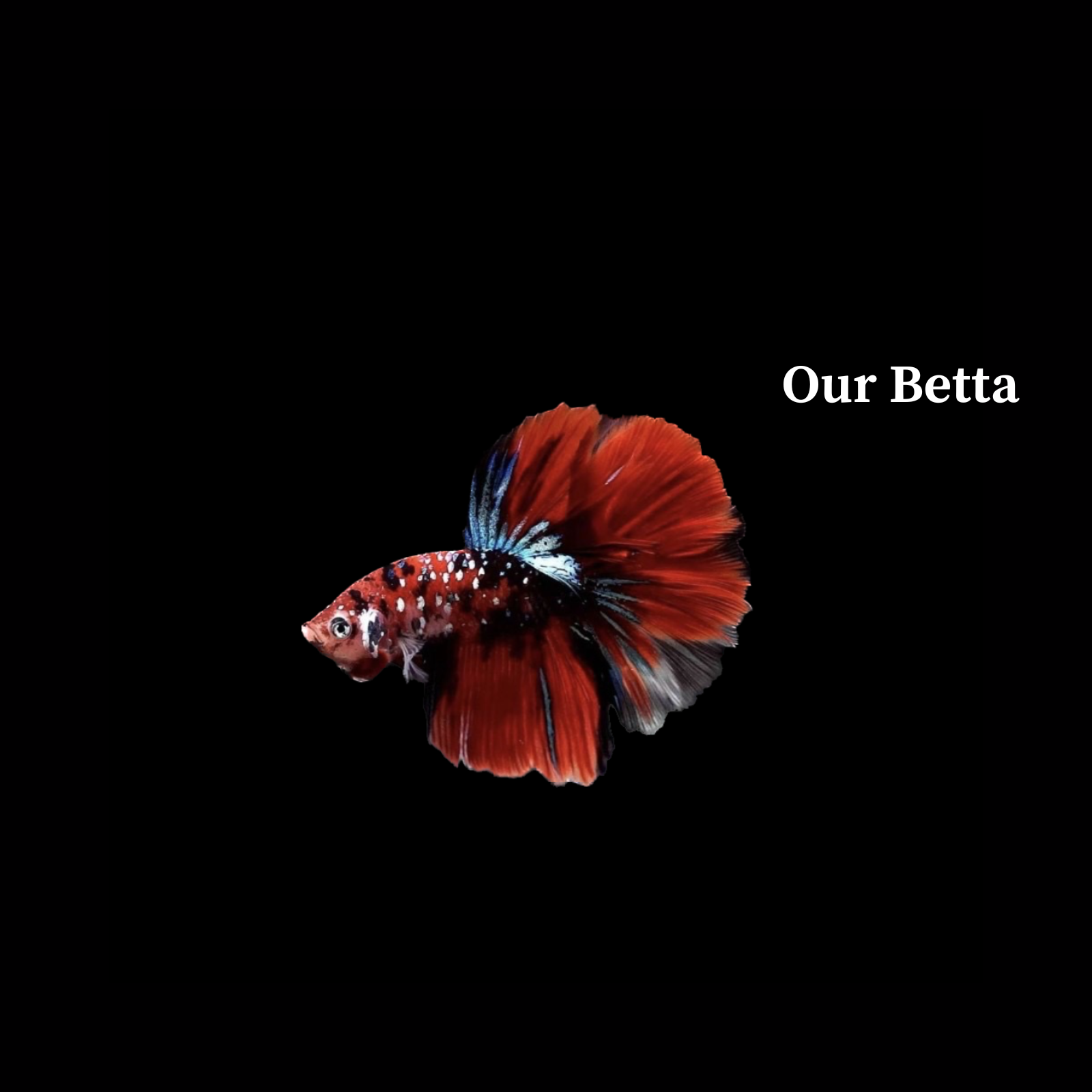
Halfmoon Betta Fish Care Guide
Halfmoon Betta Fish, like all Bettas, hail from the freshwater rice paddies, marshes, and slow-moving streams of Southeast Asia. In captivity, they thrive in a well-maintained aquarium. Ideally, a 5-gallon tank (or larger) with clean, slightly acidic to neutral water (pH 6.5-7.5) is perfect. It's essential to keep the water temperature stable, between 76°F to 81°F (24°C to 27°C). Adding plants and hiding spots can mimic their natural environment and provide them with a sense of security.
Yes, Halfmoon Siamese Fighting Fish, like most Betta species, are known for their territorial nature and can be aggressive, especially the males. It's not recommended to house two male Halfmoon Siamese Fighting Fish together, as they'll likely fight. While they can live with other non-aggressive fish in a community tank, it's crucial to monitor them. Opt for species that aren't fin-nippers and don't resemble Bettas to avoid triggering aggressive behaviours. Additionally, providing ample space and hiding spots can reduce territorial disputes.
Halfmoon fighter fish are carnivorous by nature. In the wild, they feed on insects and small crustaceans. In captivity, a diet comprising high-quality Betta pellets offers essential nutrients. You can supplement this with occasional treats like live or frozen brine shrimp, bloodworms, and daphnia. It's vital to feed them in moderation; typically, a few pellets once or twice a day is sufficient. Overfeeding Halfmoon fighter fish can lead to health issues and pollute the tank.
Half moon Fighter fish come in a dazzling array of colours, making them a favourite among aquarists. Some popular colours include:
- Solid Colours: Red, blue, yellow, white, and black.
- Bicolour: Body and fins are distinctly two different colours.
- Marble: A mix of irregular colours and patterns.
- Butterfly Fighter Fish: The body is one colour, while the fins have distinct bands of colours.
- Metallic: They possess a metallic sheen due to a unique layer of reflective cells.
Within these categories, there are countless variations and combinations, making each Halfmoon Betta truly unique!
Like all fish, Betta Fish Halfmoon are susceptible to several diseases. Some common ones include:
- Fin Rot: Fins appear torn or discoloured, often caused by poor water conditions.
- Ich (White Spot Disease): Tiny white spots appear on the body, and the fish may scratch against objects.
- Velvet: A gold or rust-coloured dusting on the fish's body, causing them to become lethargic.
- Swim Bladder Disease: The fish struggles to swim upright due to a swollen abdomen.
- Pop Eye: One or both eyes bulge out.
It's crucial to monitor your Betta for any signs of illness and consult a vet or aquatic specialist if you notice symptoms.
Half Moon Siamese Fighting Fish, on average, grow to about 2.5 to 3 inches (6.4 to 7.6 cm) in length when fully mature. This measurement includes their body and the magnificent spread of their tail. Their size can be influenced by genetics, diet, and overall care. It's essential to provide Half Moon Siamese Fighting Fish with ample space to swim and grow comfortably.
You can come across Halfmoon Betta for sale at many local pet stores, aquarium shops, and online retailers. If you're looking for a trusted online source with a diverse range of options, thailandbettafish.com is an excellent choice. We offer a variety of Betta fish, including many different types of the Halfmoon variety, directly sourced from Thailand, which is renowned for breeding some of the most beautiful Bettas in the world. Always ensure you buy from reputable sources to guarantee the health and quality of the fish.
Yes, Halfmoon Betta fish, like all Betta species, do sleep. They are diurnal, which means they're active during the day and rest at night. If you observe your Betta lying at the bottom of the tank or resting among plants without much movement, it's likely catching some zzz's. It's essential to have a consistent light-dark cycle in their environment to support their natural sleeping patterns
A Dumbo Halfmoon Betta is a unique and captivating variety of the Halfmoon Betta. The term "Dumbo" refers to its oversized pectoral fins, which resemble elephant ears, giving it the nickname "Elephant Ear Betta." These large fins flutter gracefully as the Betta swims, adding to its charm. Combine this with the 180-degree spread of the Halfmoon tail, and you have a truly stunning fish that's a favourite among enthusiasts.
Yes, Halfmoon Bettas can undergo colour changes during their lifetime. Several factors can influence this:
- Age: As Bettas mature, their colours might deepen or shift.
- Environment: Stress, water quality, and lighting can affect their colouration. A comfortable and clean environment can lead to more vibrant colours.
- Diet: A nutritious diet can enhance their natural hues.
- Health: Illness or diseases might cause fading or discolouration. If sudden colour changes are observed, it's essential to check for signs of sickness.
Breeding Halfmoon Bettas requires careful planning and preparation:
- Selecting a Pair: Choose healthy, mature Halfmoon Male Betta Fish and Halfmoon Female Betta Fish with desirable traits.
- Conditioning: Feed the selected pair a high-protein diet, like live or frozen brine shrimp and bloodworms, for a week or two to get them in prime breeding condition.
- Setting up the Breeding Tank: Ensure the tank has clean water, a heater to maintain a temperature of around 80°F (27°C), and a low water level (about 5-6 inches). Adding a foam or bubble nest site, like a piece of Styrofoam, can be helpful.
- Introducing the Pair: Place the female in a clear container inside the breeding tank so the male can see her without direct contact. This allows them to get accustomed to each other.
- Breeding: Once the male builds a bubble nest and the Halfmoon Female Betta Fish shows vertical barring (a sign of readiness), they can be introduced. The male will wrap around the female, releasing and fertilizing the eggs. The Halfmoon Male Betta Fish will then gather and place the eggs in the bubble nest.
- Post-Breeding Care: After spawning, it's crucial to remove the female, as the male may become aggressive. The male will guard the nest until the fry hatch, after which he should also be removed to ensure the fry's safety.
Breeding requires patience and careful observation to ensure the well-being of both the adult Bettas and the fry.
The cost of a Halfmoon Betta can vary based on several factors, including its coloration, finnage, age, and where you purchase it from. While they can be pricier than the more common Betta varieties due to their unique tail shape and vibrant colors, prices range from moderate to high-end. Rare colors or patterns can fetch a higher price. Always ensure you're purchasing from reputable sources such as Thailandbettafish.com to get good value for your money and where you can find Halfmoon Betta Fish for sale.
Halfmoon Betta are not necessarily genetically weaker, but due to selective breeding for their distinctive tail shape and colors, they might be more prone to certain health issues compared to wild-type Bettas. For example, their elaborate fins can be more susceptible to fin rot or tearing. It's essential to provide optimal care, including a clean environment and a balanced diet, to ensure their well-being.
The Rosetail Betta is an exquisite variant of the Halfmoon Betta Fish known for its excessively branched and ruffled finnage, giving its tail and fins a rose petal-like appearance. This luxurious fin display is a result of selective breeding and is an extension of the Halfmoon tail type. However, the care for a Rosetail betta can be a tad more intricate due to its elaborate fins. These fins are more susceptible to tearing, so it's essential to provide a tank environment devoid of sharp or abrasive objects. Additionally, due to the weight and density of their fins, Rosetail bettas might experience difficulty in swimming, making it crucial to avoid strong water currents in their tank. As with all bettas, maintaining clean water, offering a balanced diet, and ensuring a stress-free environment are key to the well-being of a Rosetail betta.
Halfmoon Betta fish will often flare and display their fins when they see their reflection or another Betta. To encourage this behaviour use one of the following methods:
✓ Mirror Technique: Briefly place a small mirror near your tank. Your Betta might perceive its reflection as another male Betta and flare its fins. Limit this to a few minutes to avoid stressing the fish.
✓ Tank Mates: Sometimes, just the presence of other non-aggressive fish can encourage occasional fin displays.
✓ Environment: Ensure their tank environment is comfortable, with clean water and suitable decorations, making them feel secure and more likely to display.
While Halfmoon Betta fish can coexist with certain peaceful fish, you should avoid:
× Fin-Nippers: Species like Tiger Barbs or Serpae Tetras can nip at the Halfmoon Betta's long fins.
× Other Aggressive Fish: Cichlids, some Gouramis, and other territorial fish can bully or fight with your Betta.
× Other Male Bettas: They will likely fight, especially in confined spaces.
× Bright and Flashy Fish: Fish that are too vibrant or have long fins might be seen as rivals.
Always monitor any new introductions to ensure compatibility and reduce stress for all tank inhabitants.
The "blue halfmoon betta fish" is a striking variety characterized by its vibrant blue hue combined with the iconic halfmoon tail shape, which stretches into a full semi-circle when flared. This combination makes it one of the most sought-after betta variants among enthusiasts. While its care requirements are similar to other betta fish, a few specific points should be noted for the blue halfmoon. Due to its vivid color, it's crucial to provide a balanced diet enriched with carotenoids to maintain and enhance its blue shade. Furthermore, the expansive halfmoon tail can be delicate, so it's essential to keep the tank free from abrasive objects that could cause fin tears. Regularly monitoring water quality and ensuring a calm environment will help showcase the stunning beauty of the blue halfmoon betta fish to its fullest potential.
To accentuate the vibrant colours of your Halfmoon Betta, you can follow these tips:
- Lighting: Use natural, soft lighting or adjustable LED lights. Avoid overly bright lights, which can stress your Betta and cause colour fading.
- Substrate: Darker substrates, like black or deep blue gravel, can make your Betta's colours pop and stand out more prominently.
- Background: Using a solid, darker coloured background or one with muted tones can provide a contrast, making your Betta's colours more vivid.
Remember, while aesthetics are essential, the comfort and well-being of your Betta should always be the priority.


